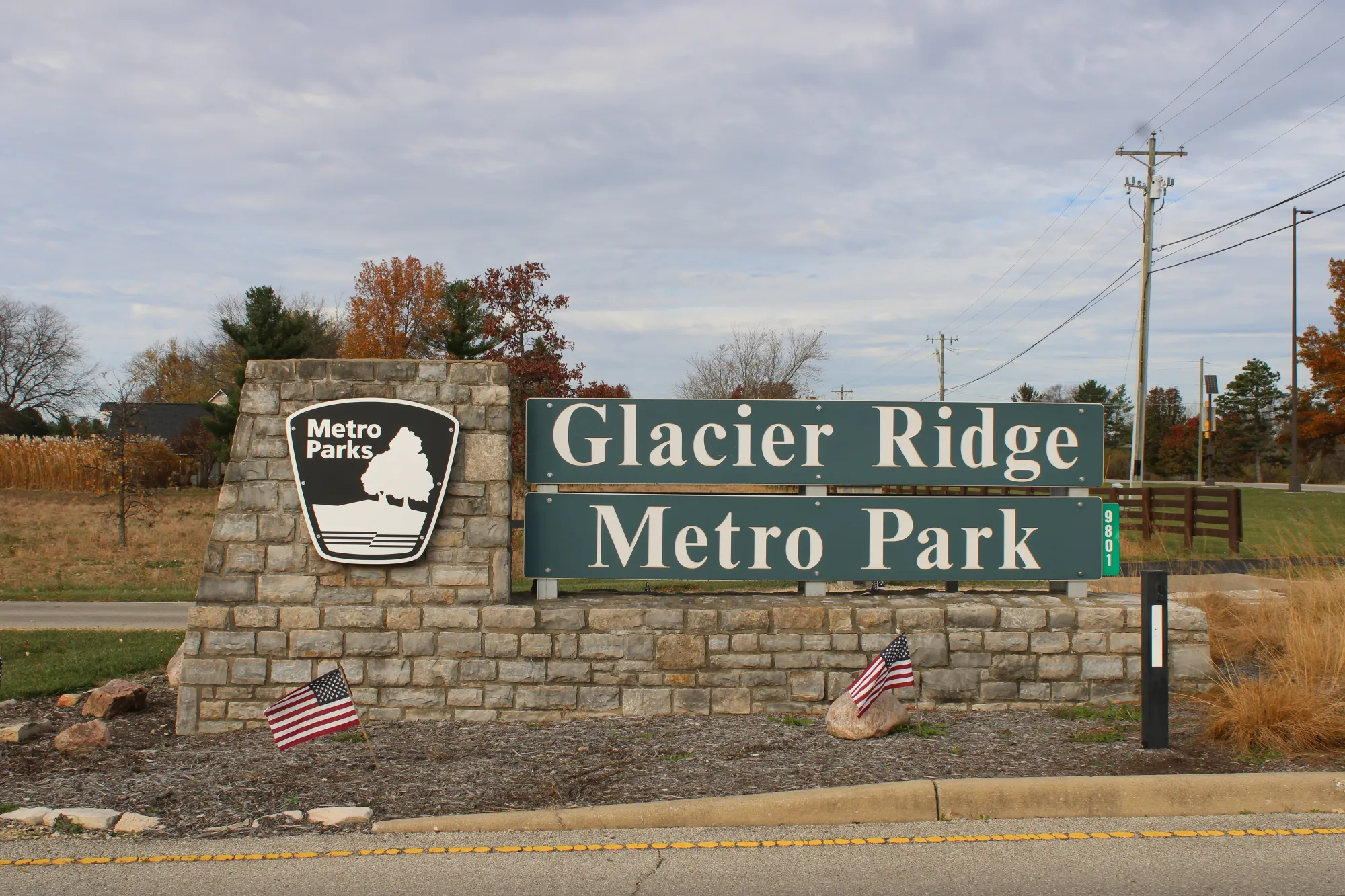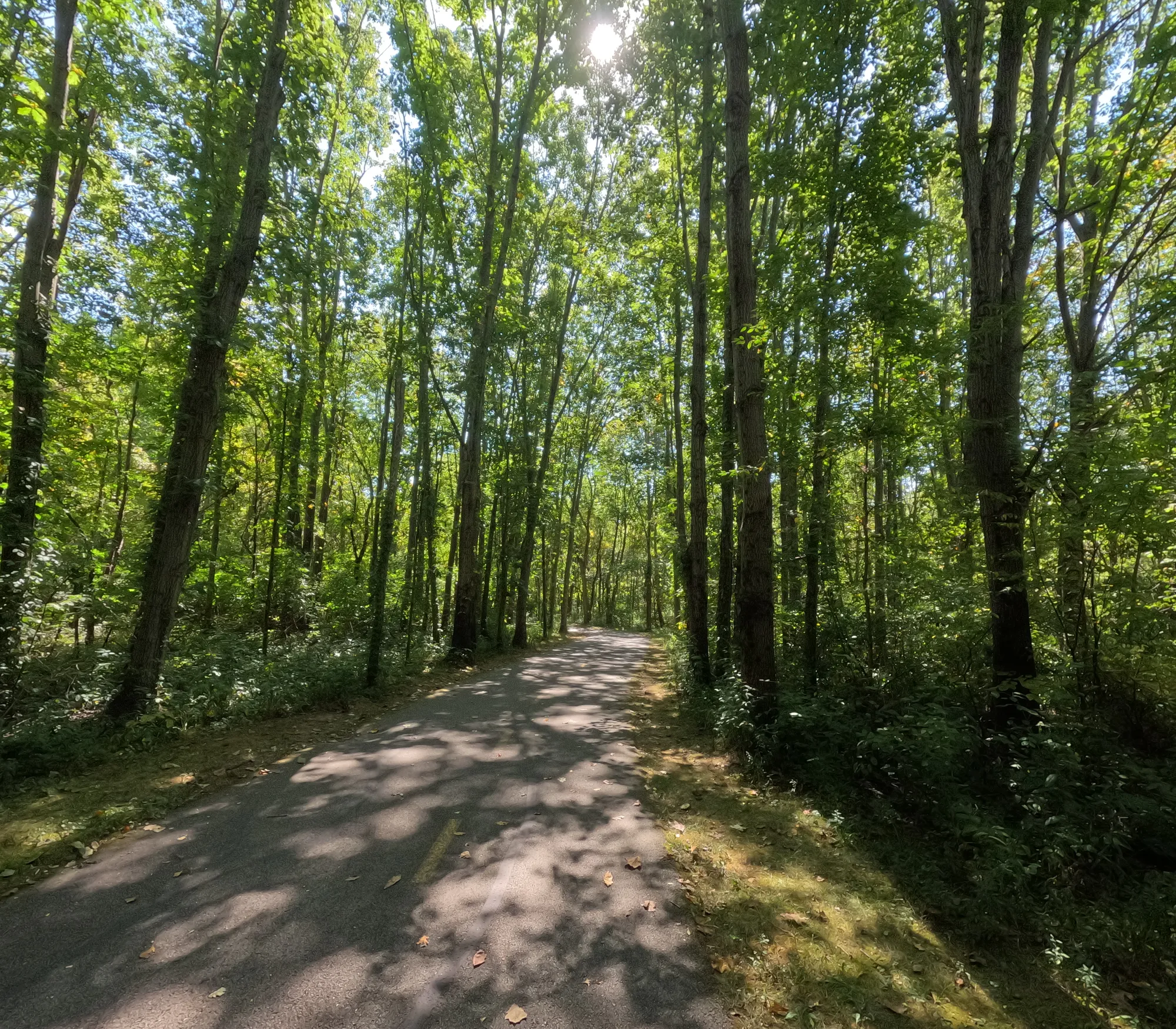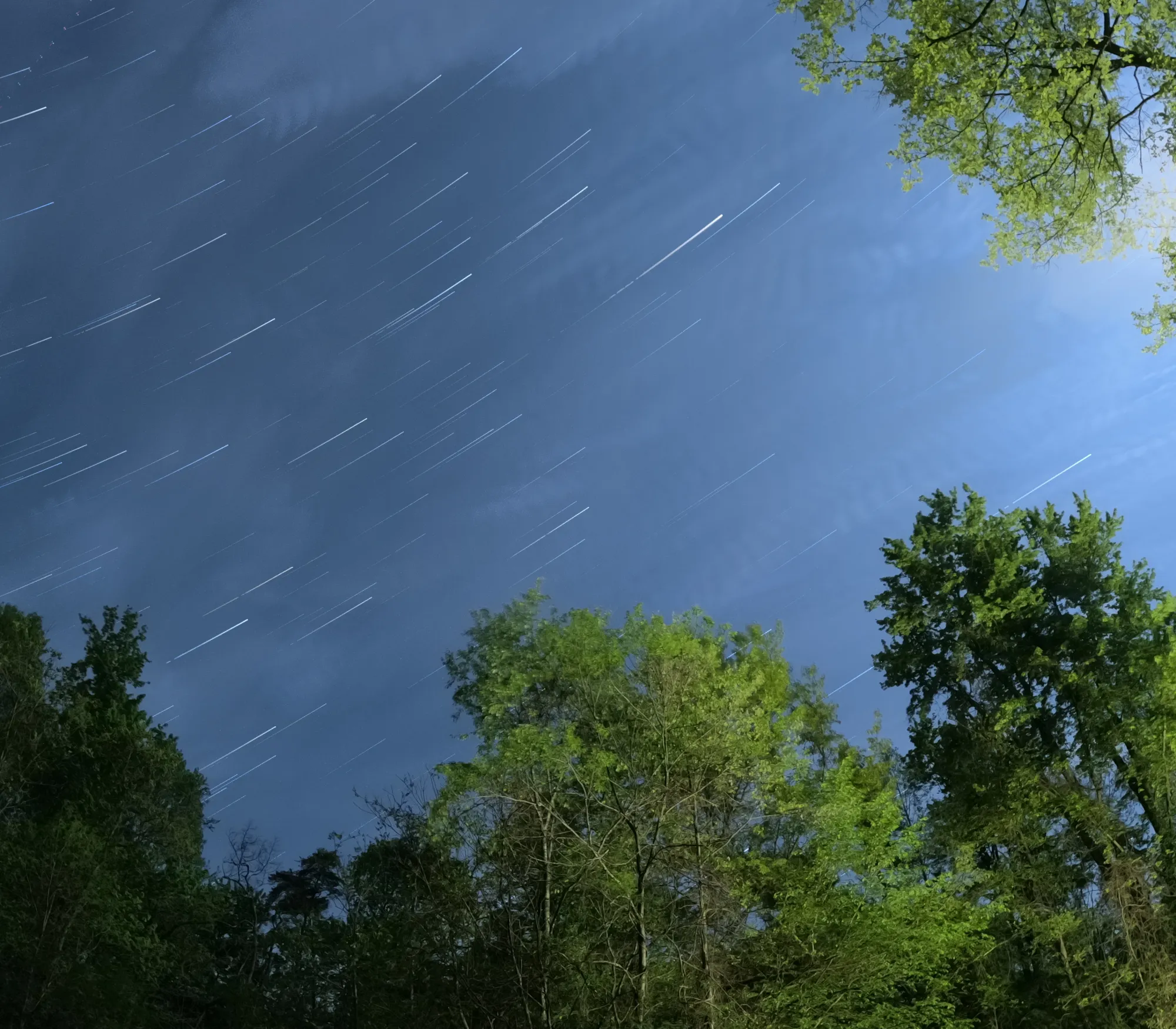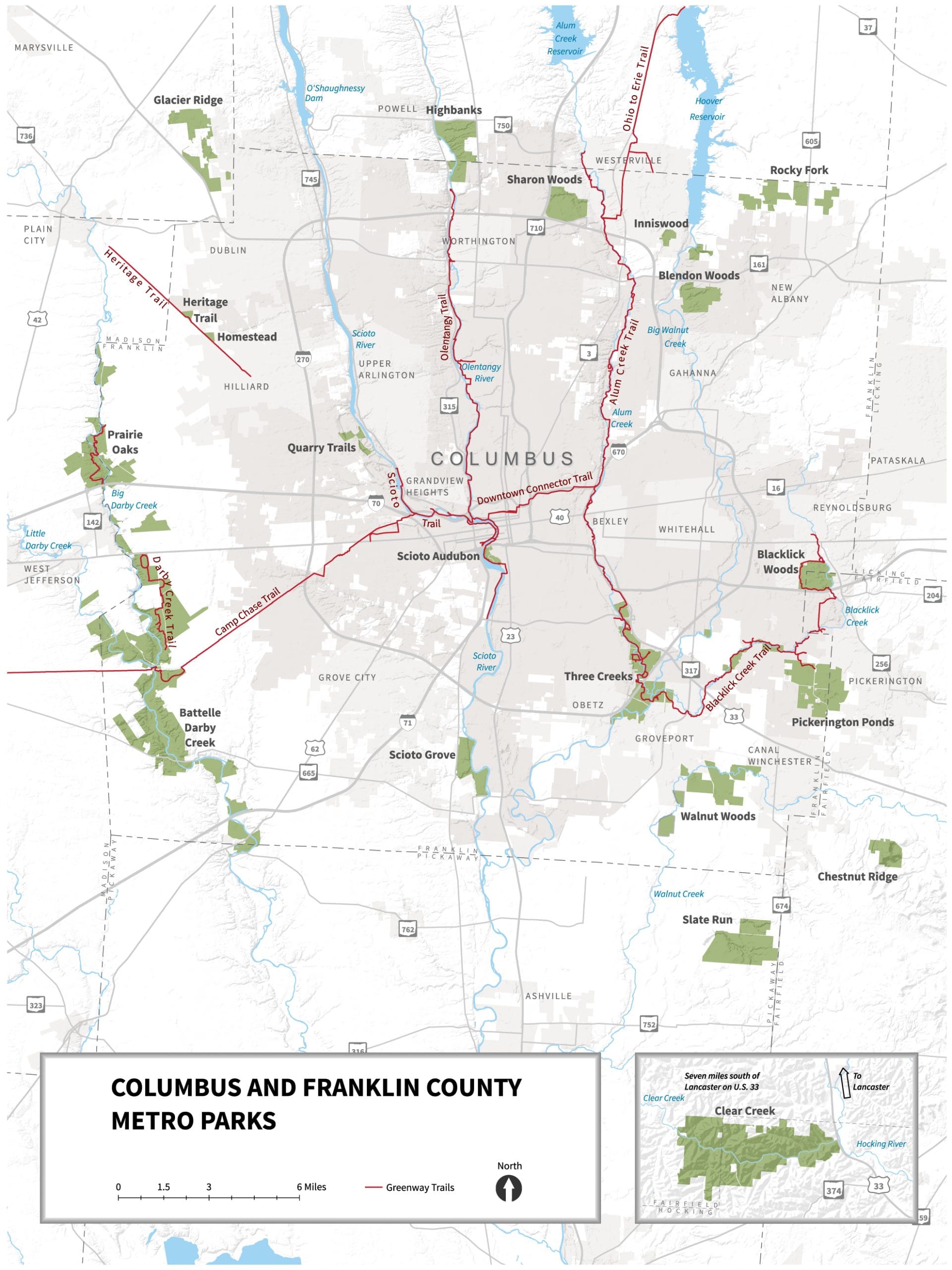The Glacier Ridge Metreo Park was officially opened on September 22, 2002, becoming the 14th park in the Metro Parks system. The development of Glacier Ridge Metro Park was a collaborative effort between the Metro Parks and the City of Dublin. The park was designed to include nature trails, a bridle trail, picnic areas, and restored wetlands.
Glacier Ridge Metro Park, located in Plain City, Ohio, is a 1,031-acre park managed by Columbus and Franklin County Metro Parks. The park is named after the glacial end moraine, or terminal moraine, that formed the ridge-like accumulation of glacial debris when the glaciers retreated approximately 12,000 to 17,000 years ago. Before its establishment in 2002, much of the park's land was used for farming.
Glacier Ridge Metro Park has grown into a popular spot for outdoor fun and learning about the environment. Highlights include the Honda Wetland Education Center, featuring a 200-acre restored wetland, and the Wind and Solar Learning Center, which focuses on renewable energy. The park also boasts various trails, an 18-hole disc golf course, a 5-mile bridle path, and a 3-acre challenge course.

HISTORY
Before its establishment as a metro park, much of the land that now comprises Glacier Ridge Metro Park was utilized for agricultural purposes.
In 1995, Metro Parks began planning for a new park in the northwest quadrant of Franklin County. An advisory group was formed in 2000, consisting of community volunteers and representatives from the City of Dublin, Union County's Soil and Water Conservation District, and Metro Parks. This group developed a conceptual master plan for the park, which included nature trails, a bridle trail, picnic areas, and restored wetlands.
The park officially opened on September 22, 2002, becoming the 14th park in the Metro Parks system. At that time, only the northern section of the park was open to the public, featuring a 3-mile bridle trail, a picnic shelter, a nature trail, and a 2.5-mile paved multiuse trail. Subsequent developments expanded the park's amenities, including the addition of the Honda Wetland Education Center, the Wind and Solar Learning Center, and various recreational facilities.
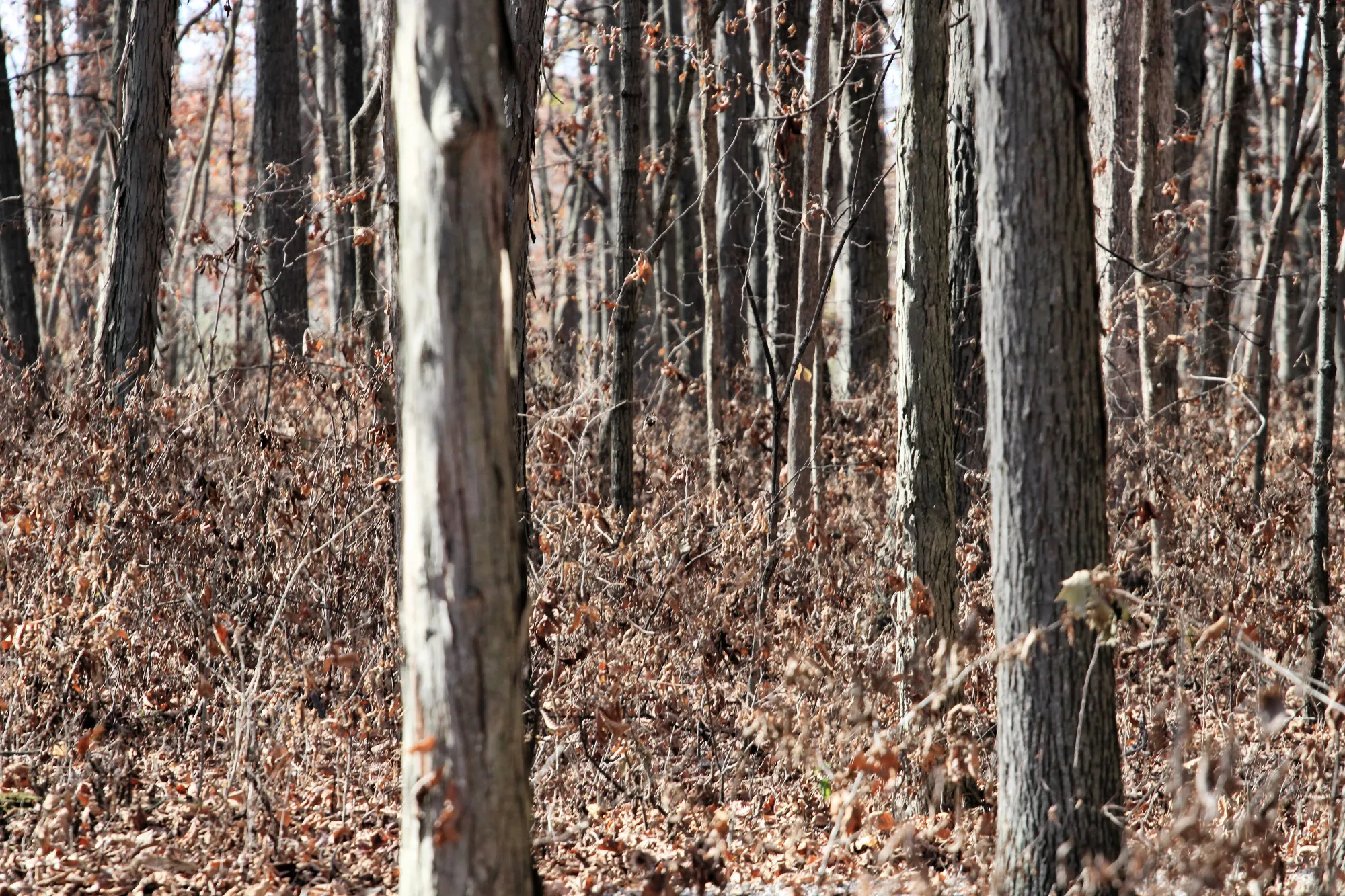
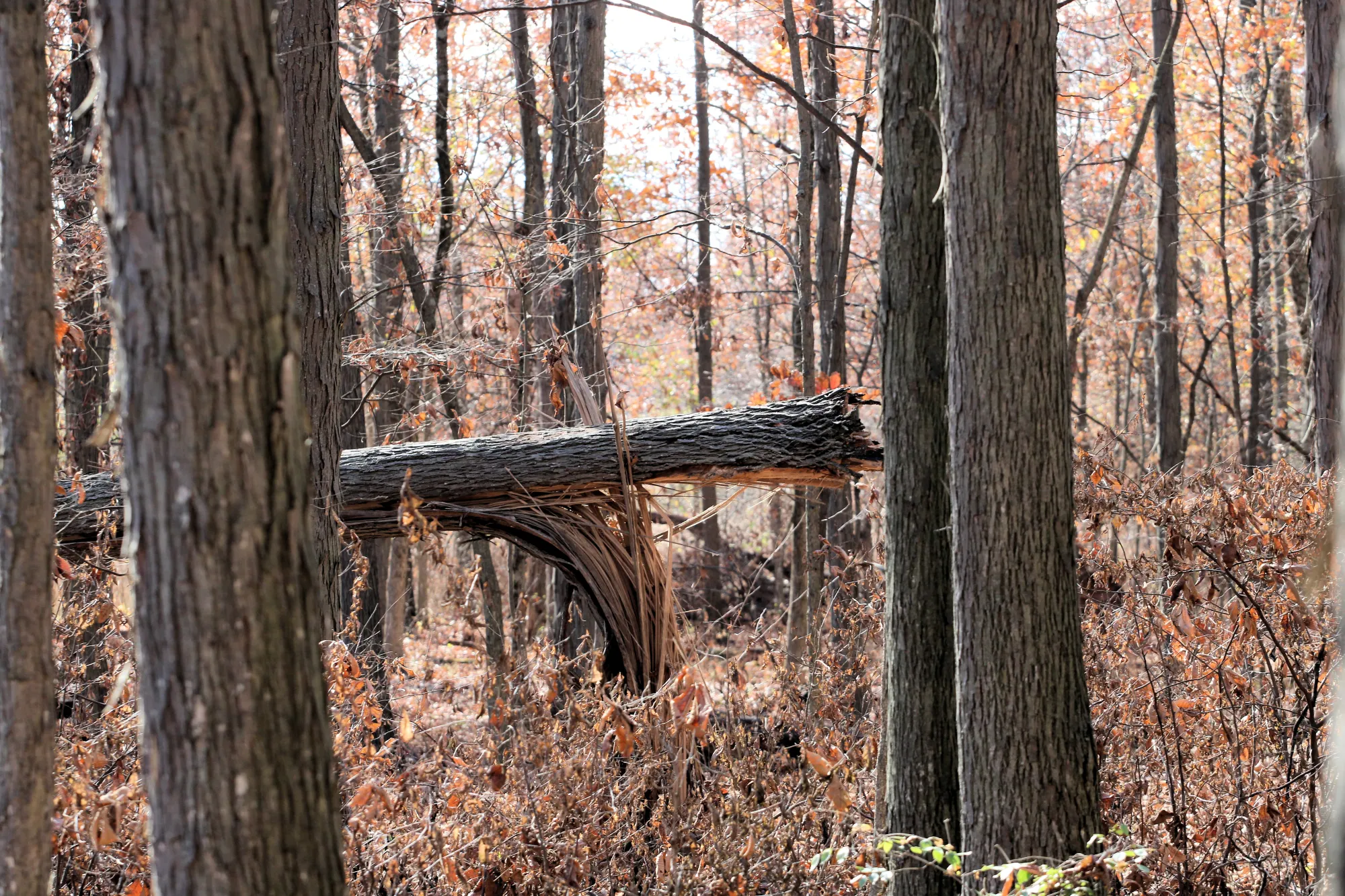
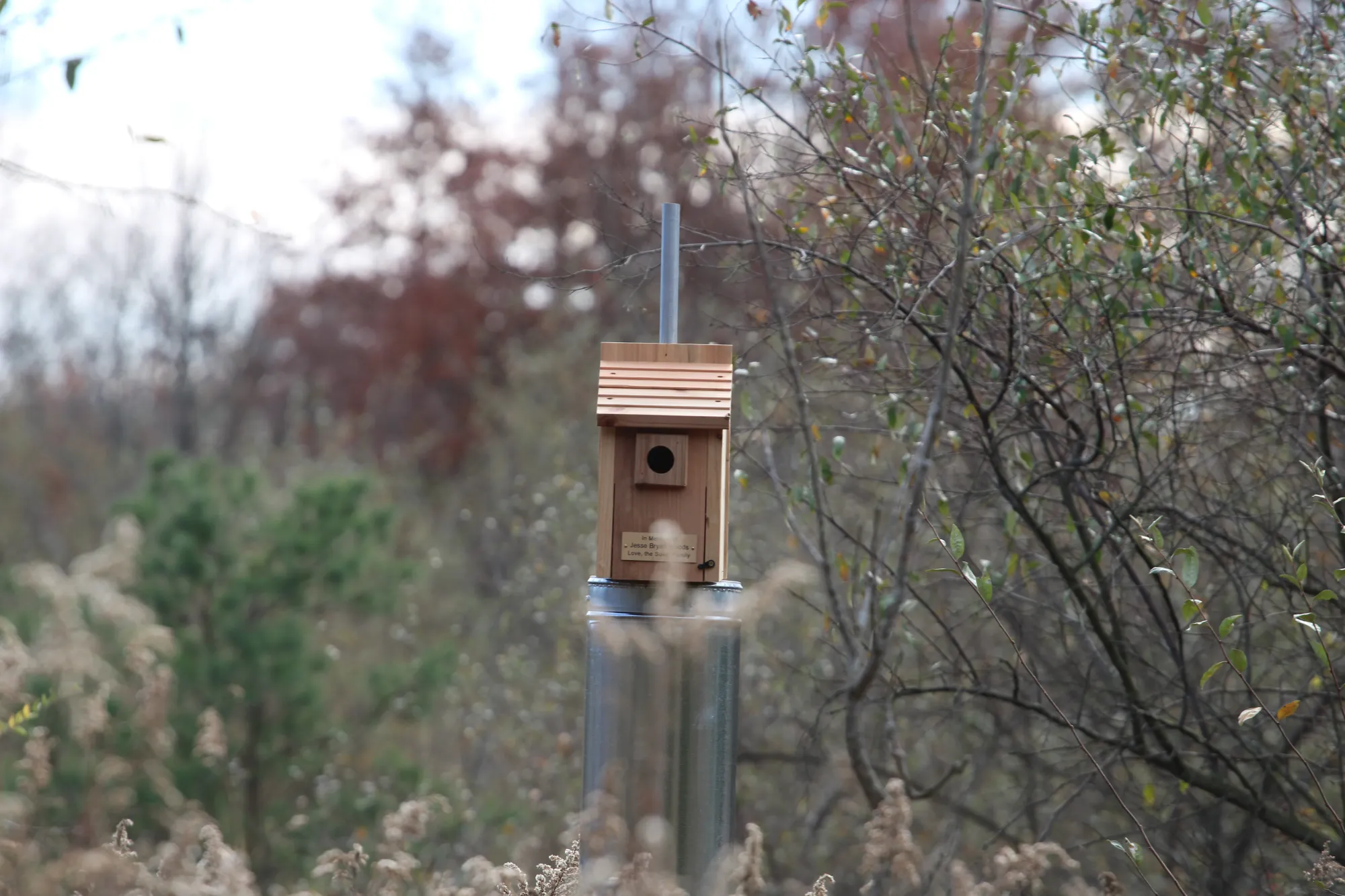
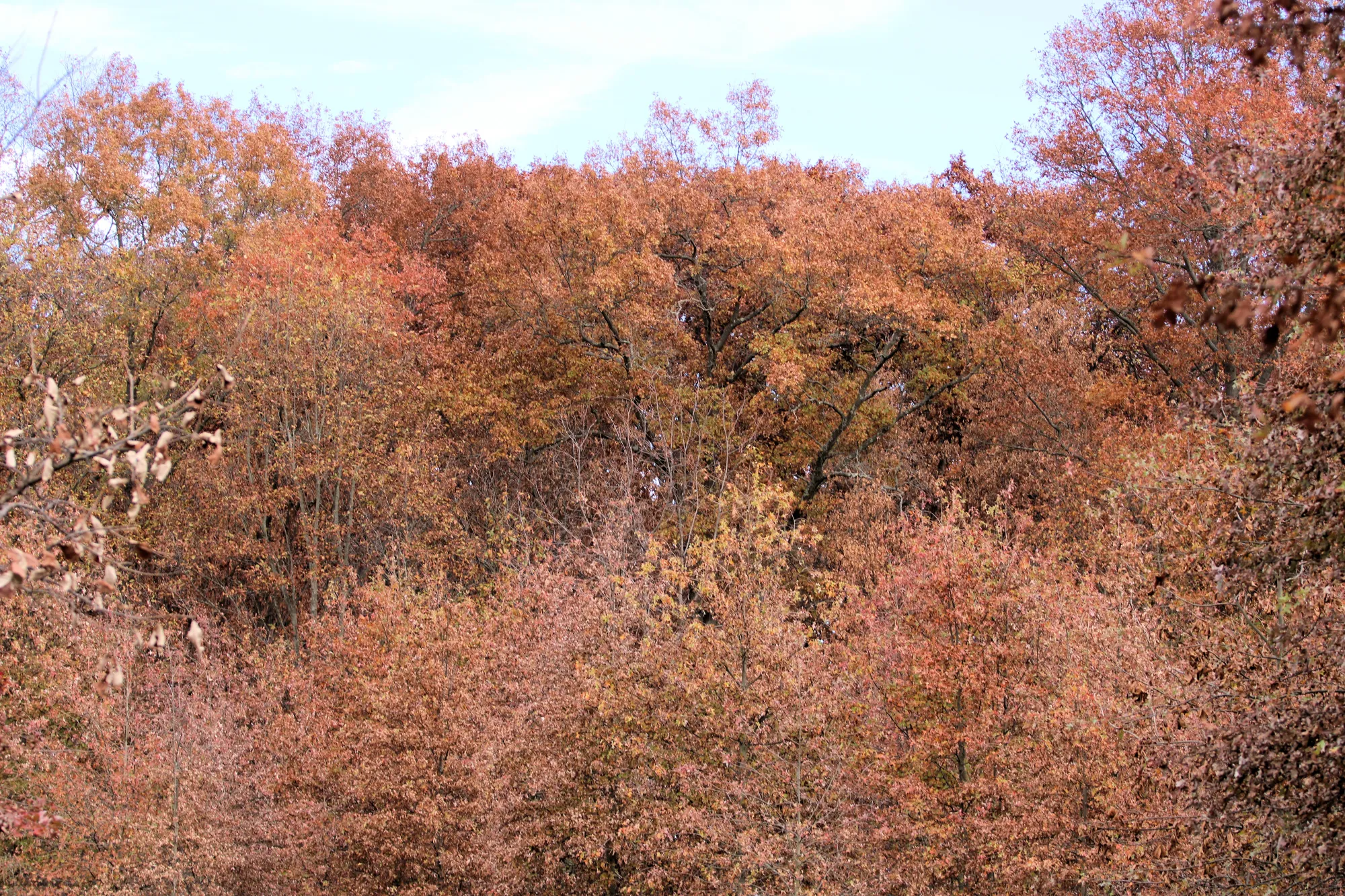
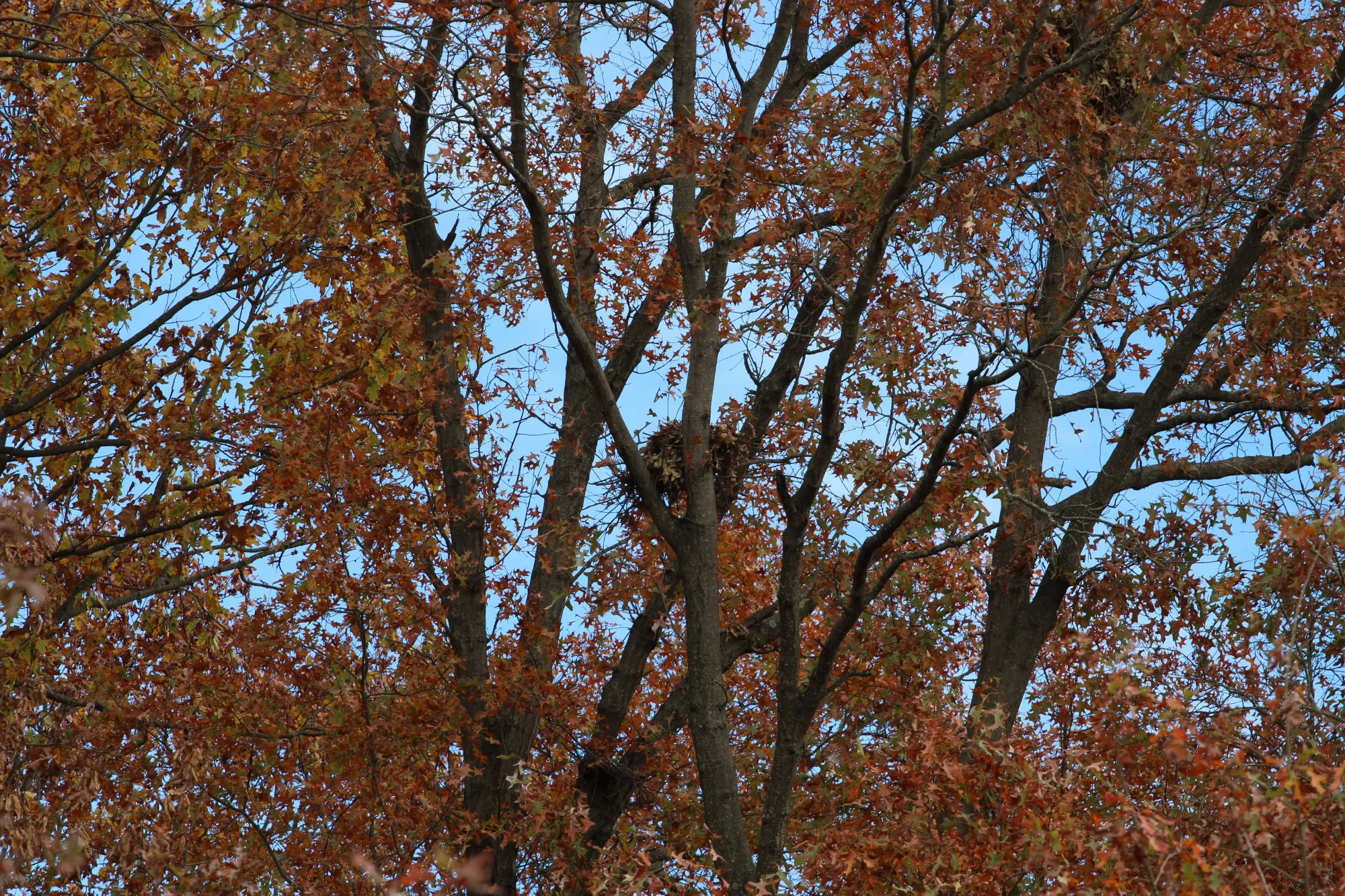
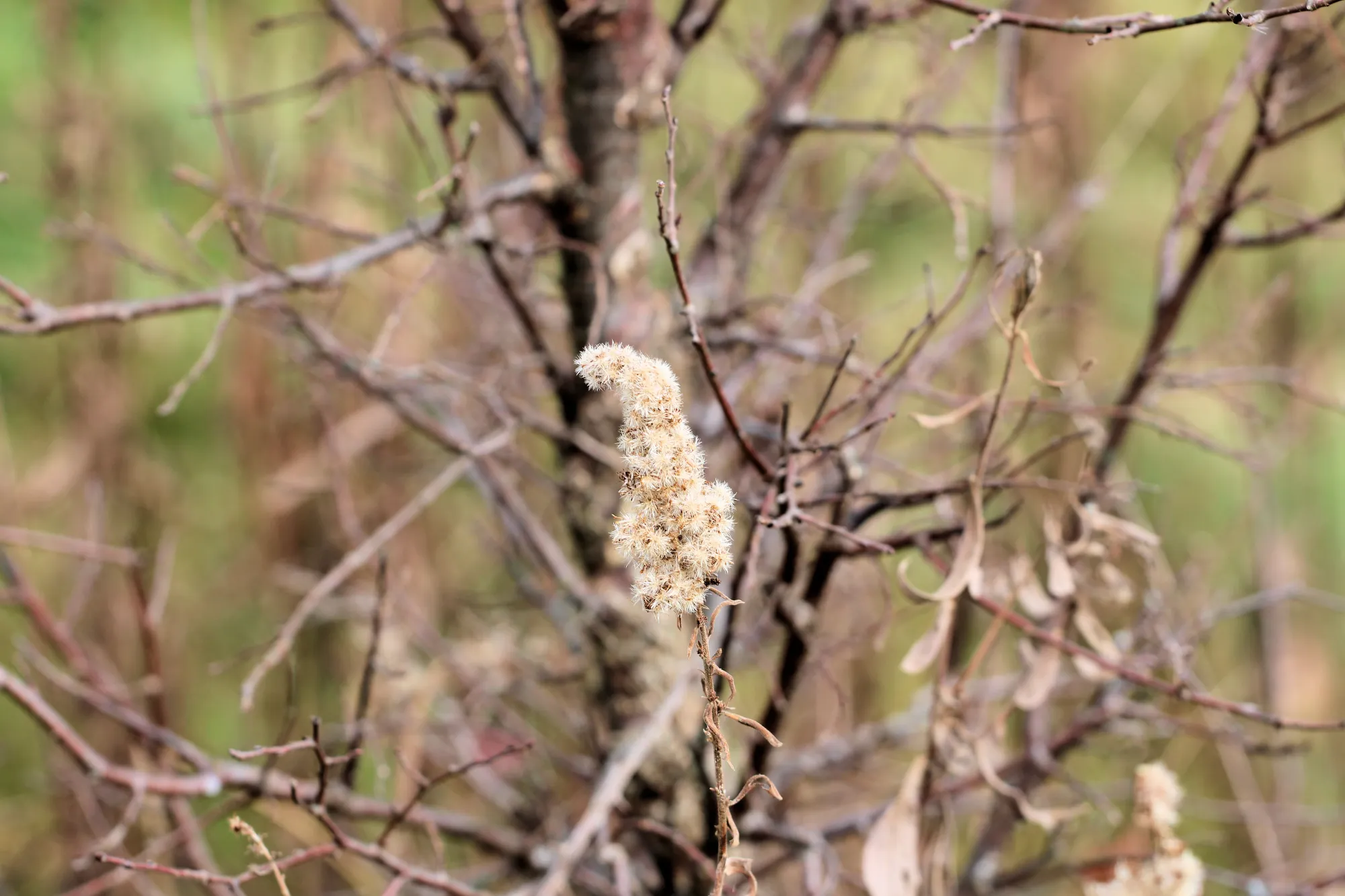
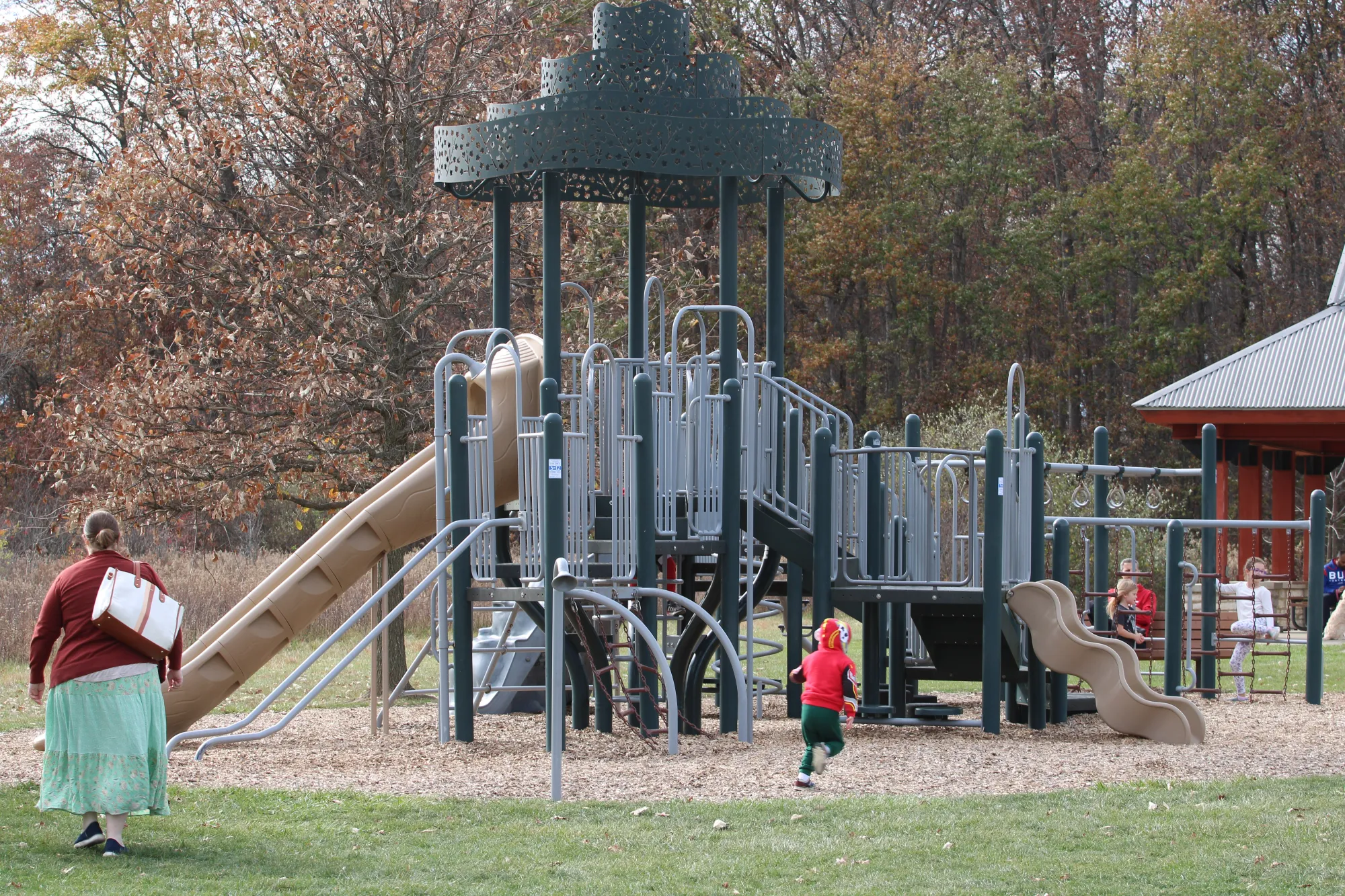
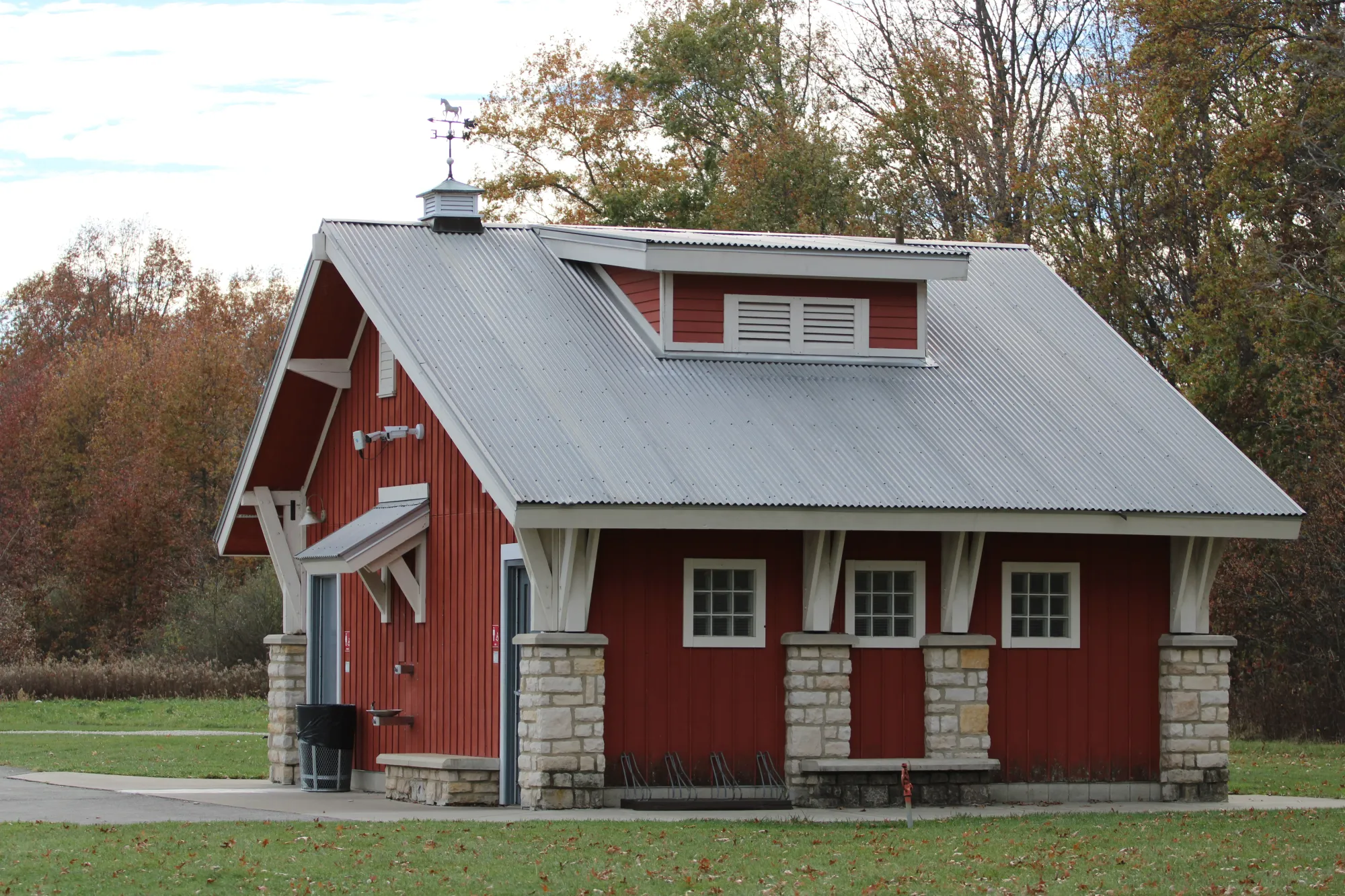
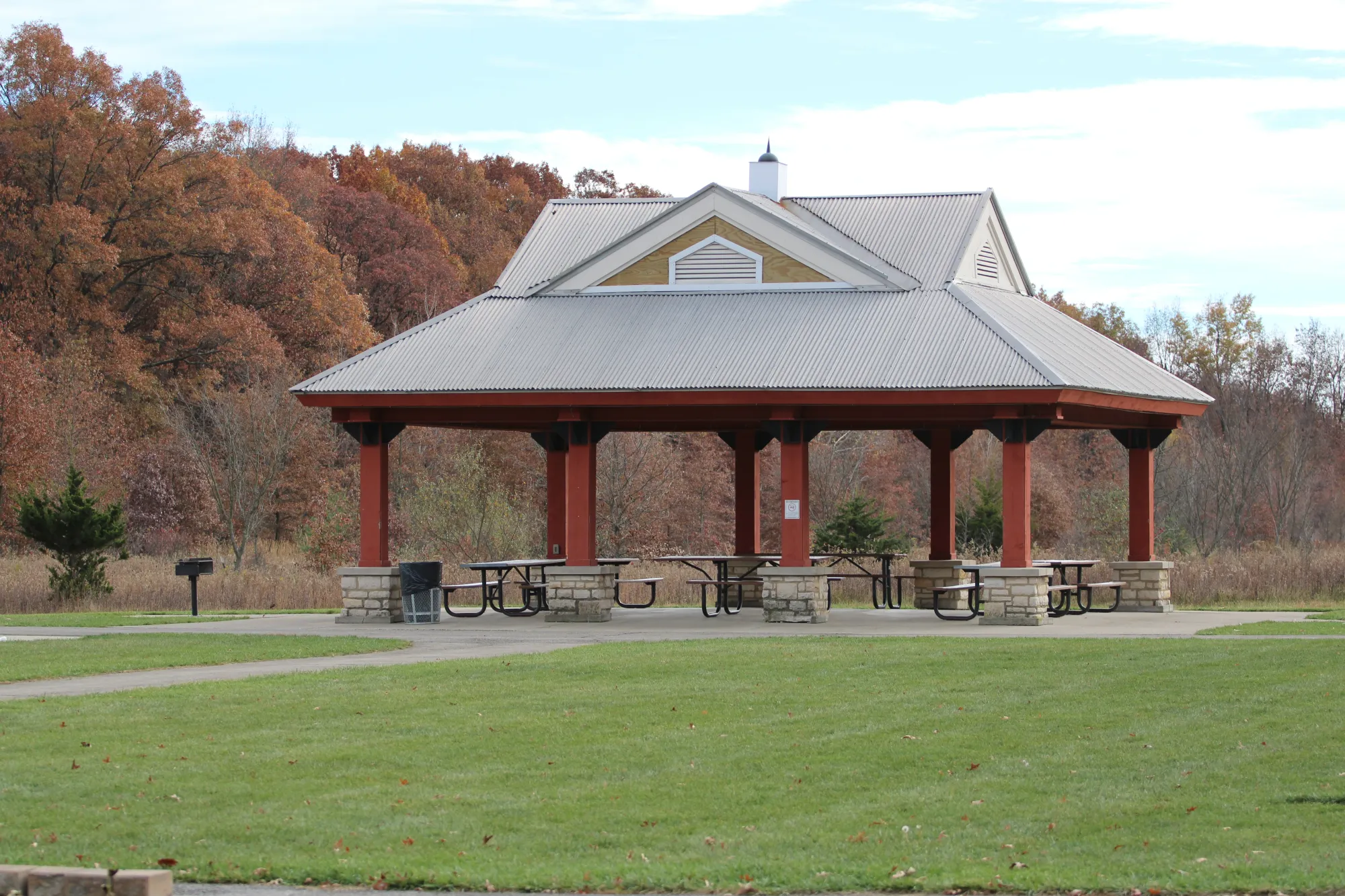
Location
- Address: 9801 Hyland Croy Road, Plain City, OH 43064
- Hours: Open daily from 6:30 a.m. to 10:00 p.m. (April 1–September 30); 6:30 a.m. to 8:00 p.m. (October 1–March 31)
- Phone: 614-216-8859
Hiking Trails, Etc.
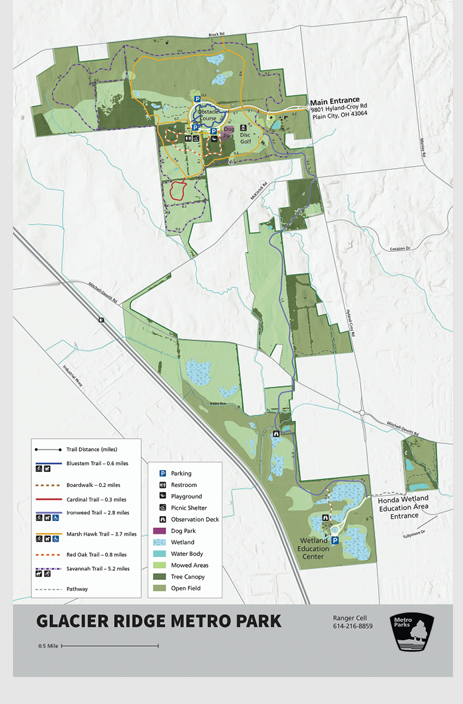
Glacier Ridge Metro Park has many trail options.
Ironweed
2.8 miles
Easy – Hike, Bike, Pets – Paved – ADA
Goes through woods and fields and leads to Honda Wetland Education Center.
Marsh Hawk
3.7 miles
Easy – Hike, Bike, Pets – Paved – ADA
Goes through woods and fields.
Bluestem
0.6 miles
Easy – Hike, Bike, Pets – Paved
Encircles the 3-acre challenge course.
Cardinal
0.3 miles
Easy – Hike, Pets – Grass
Mowed trail through the meadows and a reforested area.
Red Oak
0.8 miles
Easy – Hike – Natural
Passes through an old forest.
Savannah
5.2 miles
Horse riding – Grass and dirt
Loops through woods and fields (cross-country skiing when conditions permit)
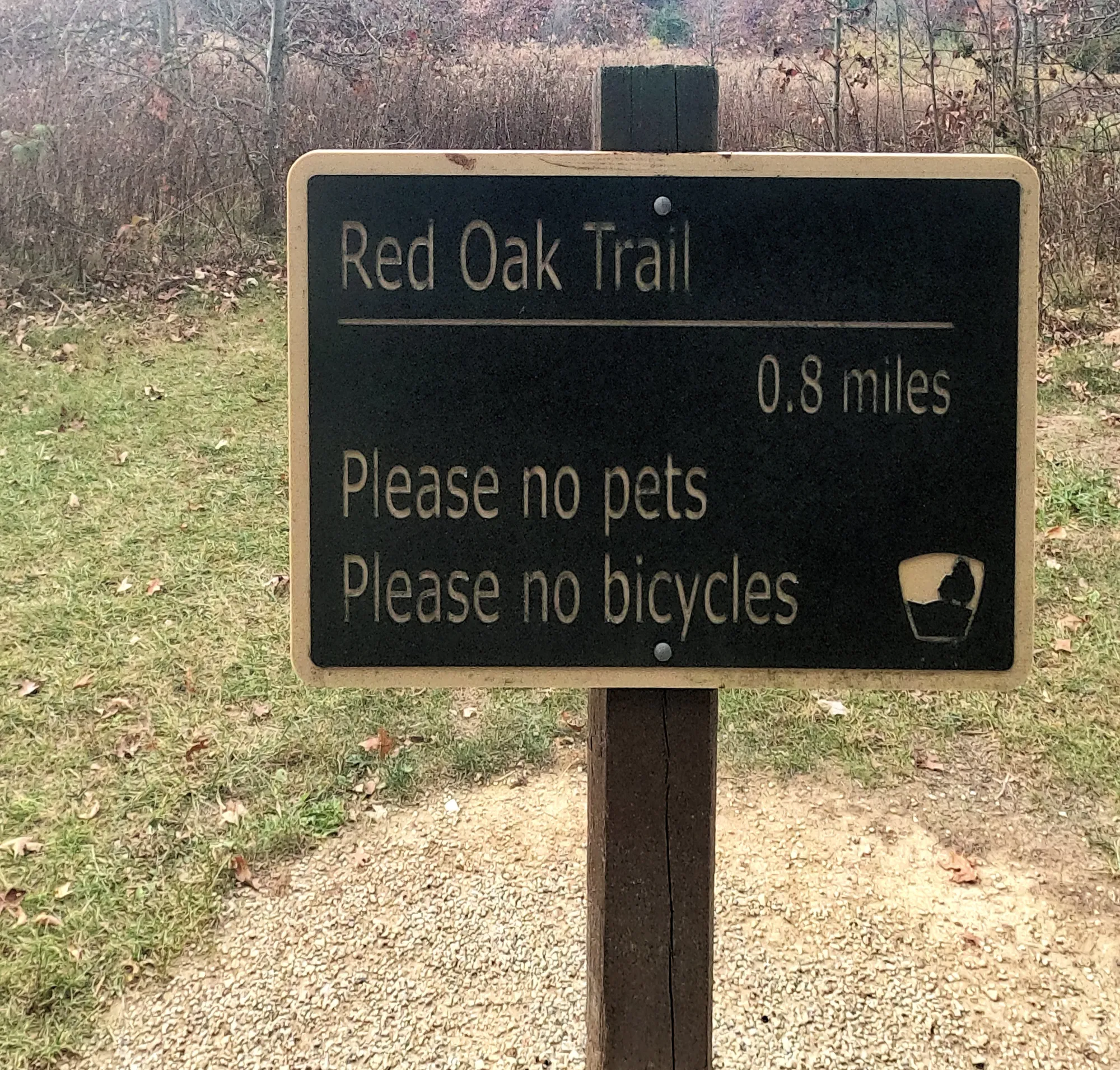
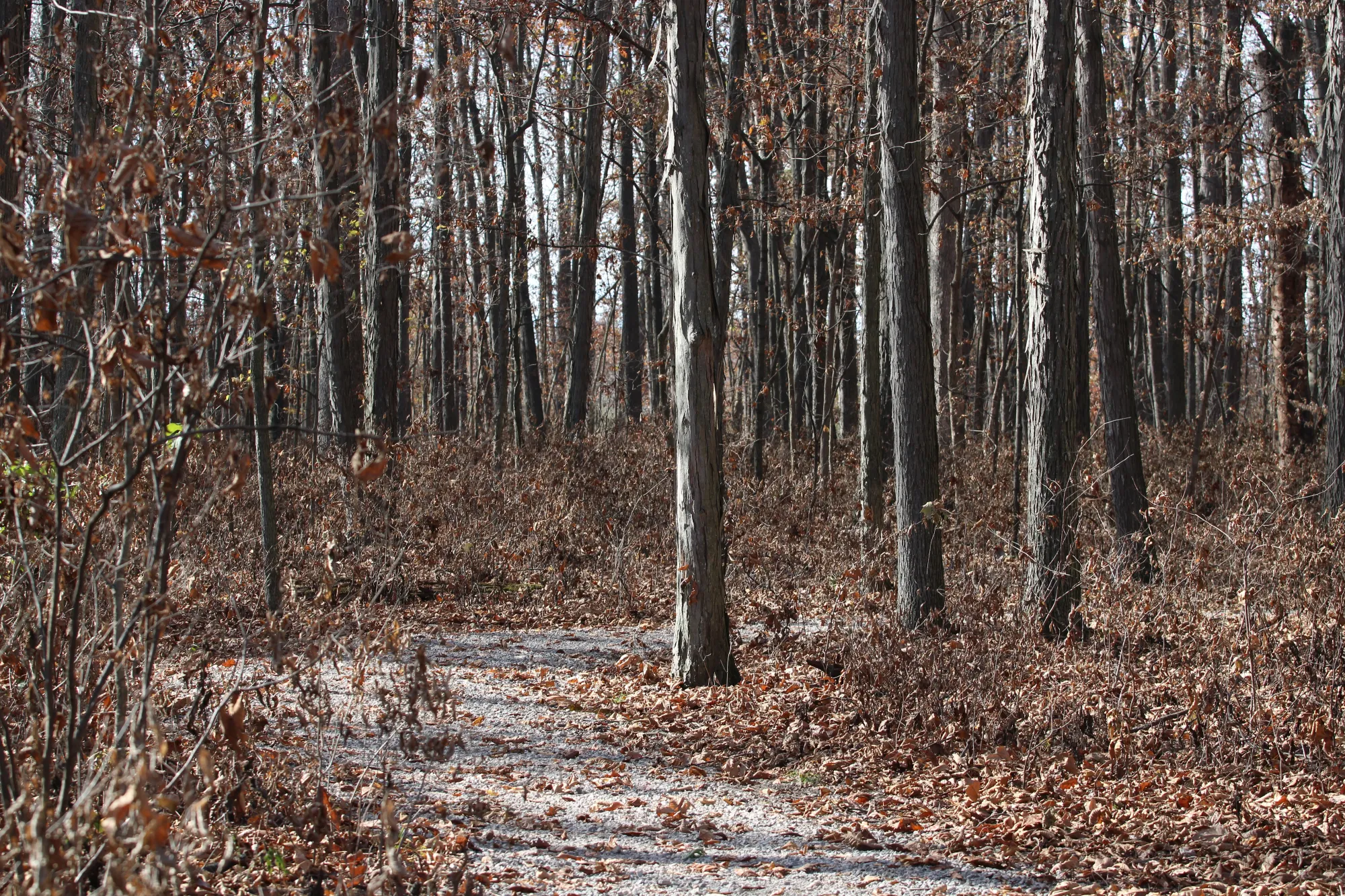
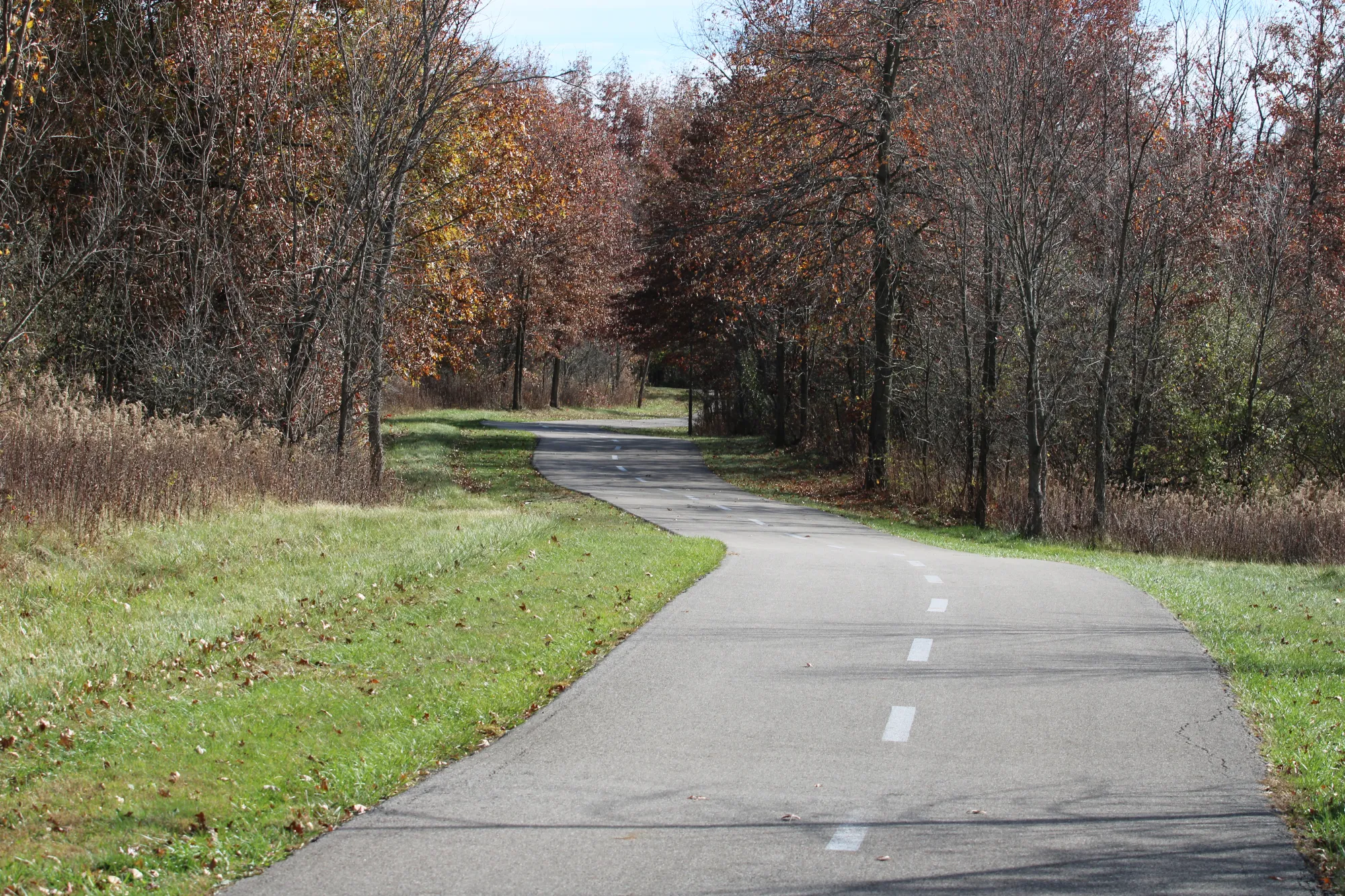
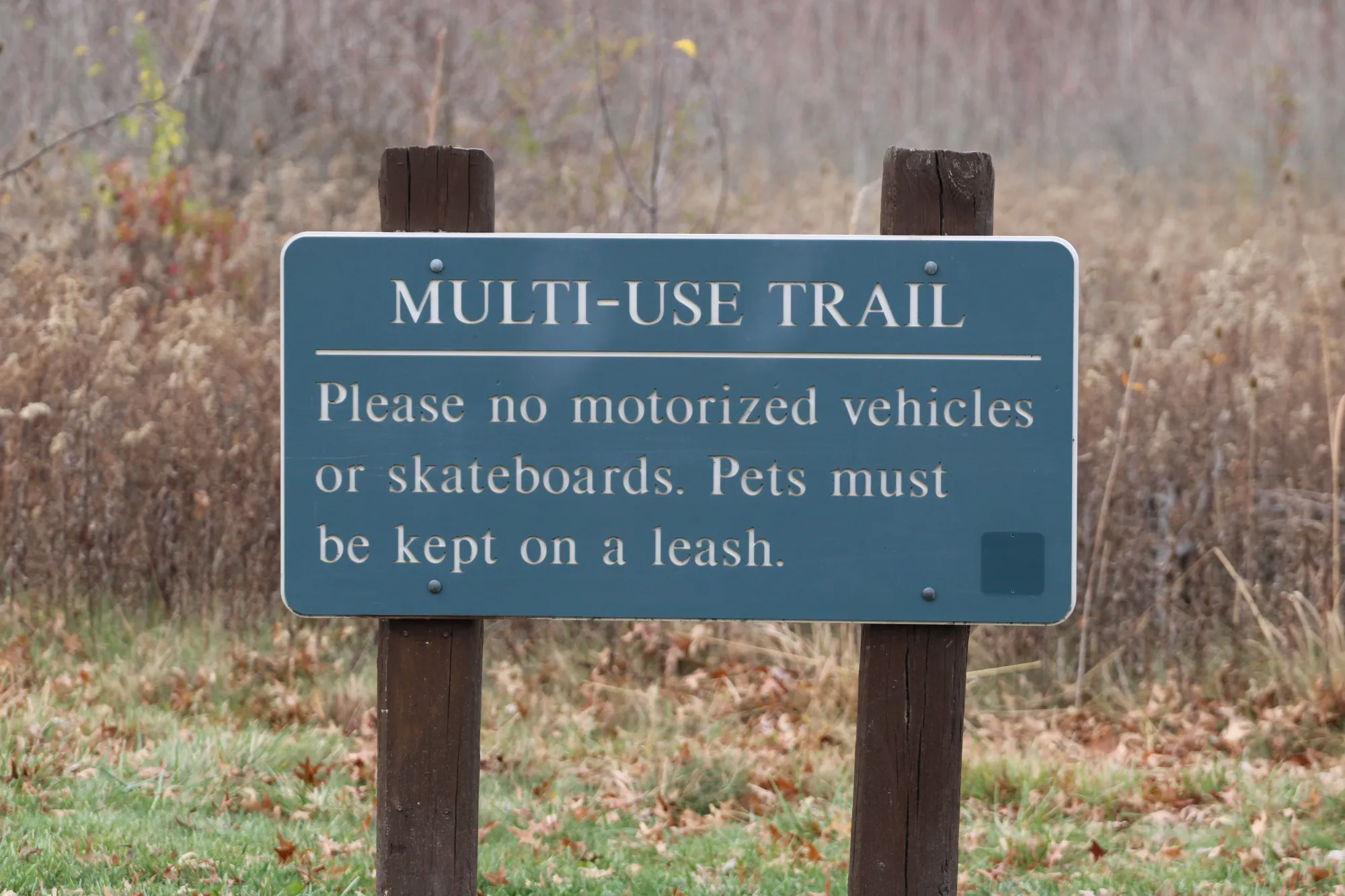
Obstacle Course
The 3-acre obstacle course features 12 challenging stations surrounded by a half-mile paved trail. Visitors can crawl through tunnels, climb poles and ropes and go over logs and more.
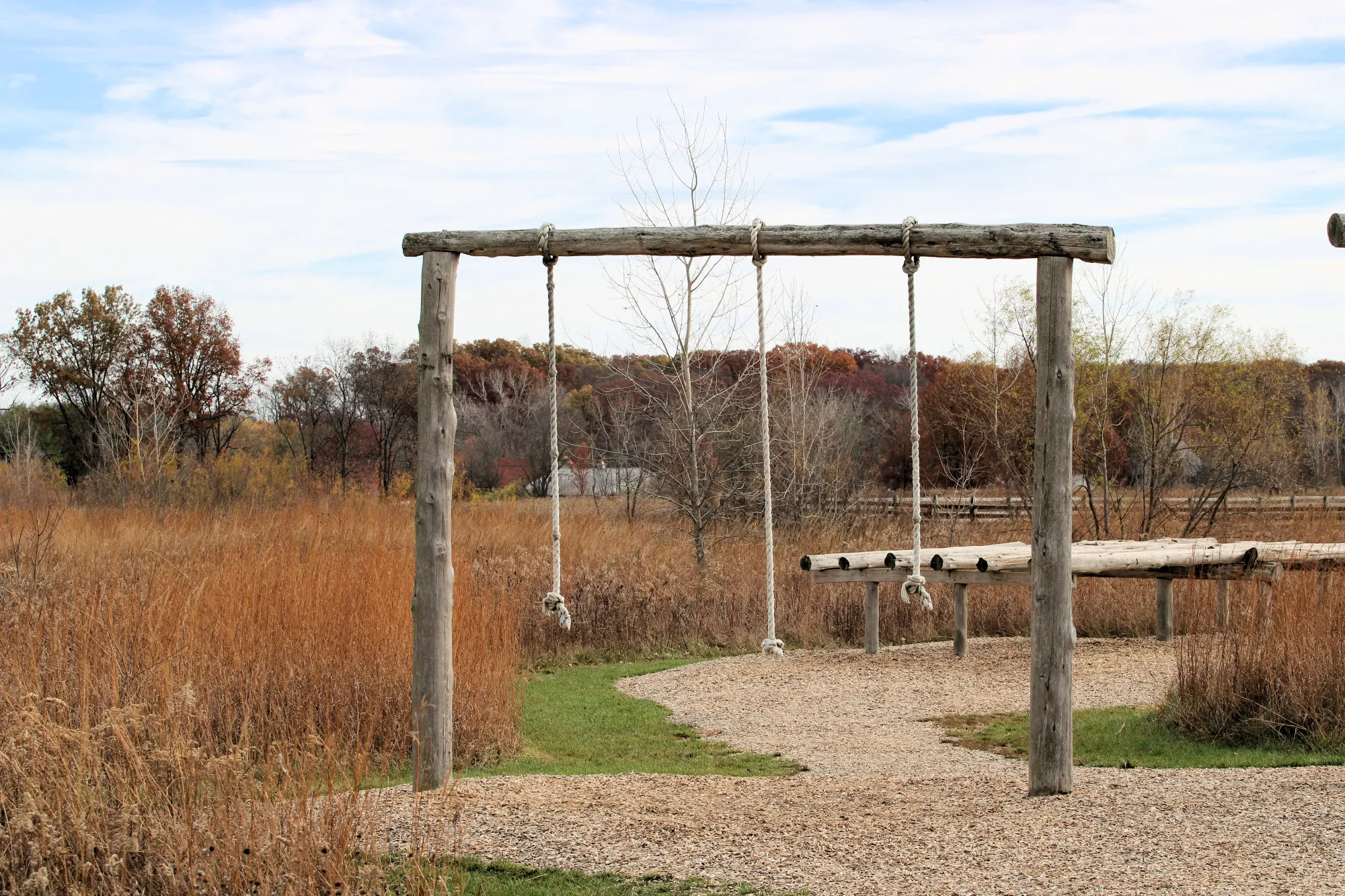
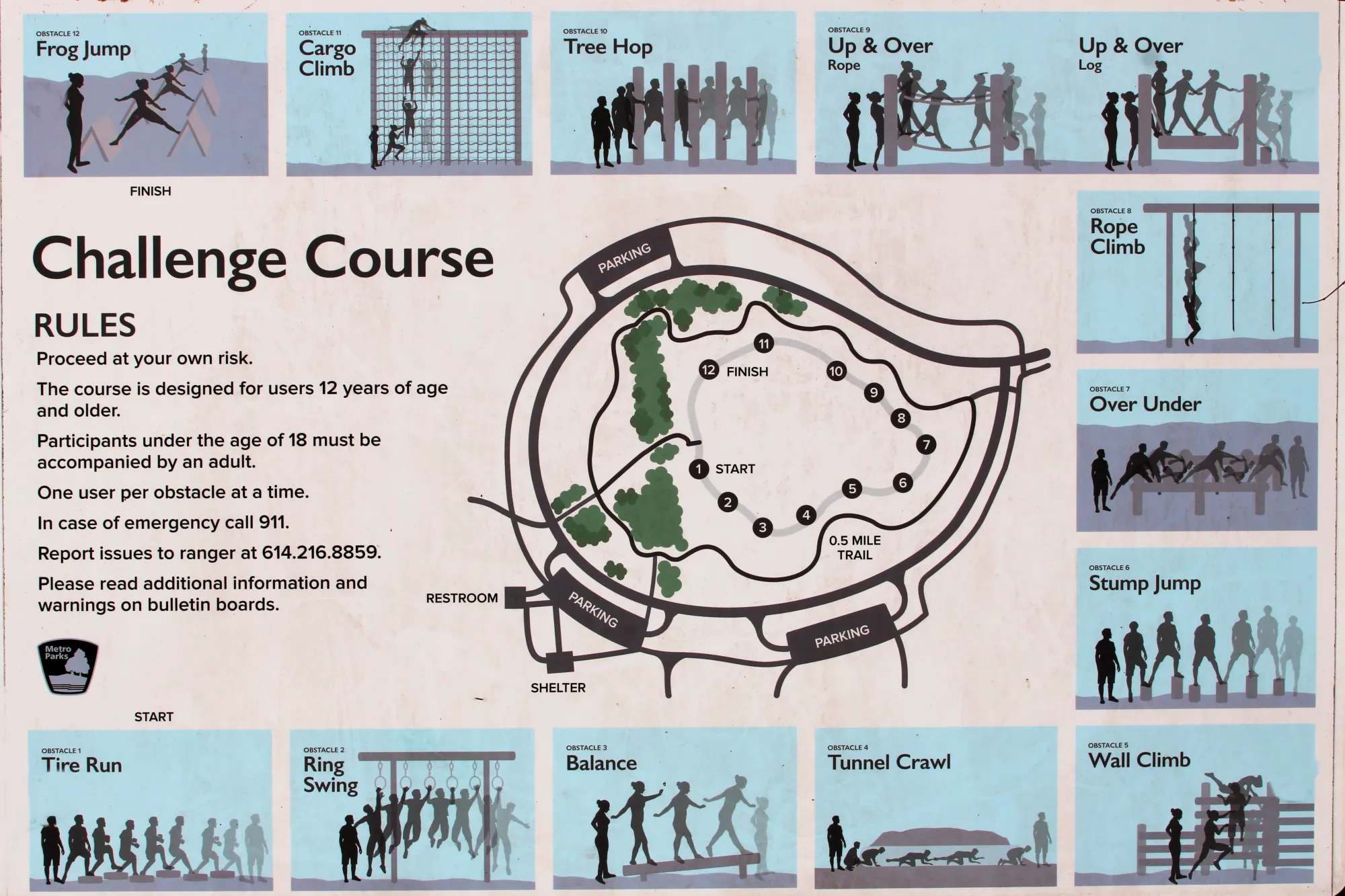
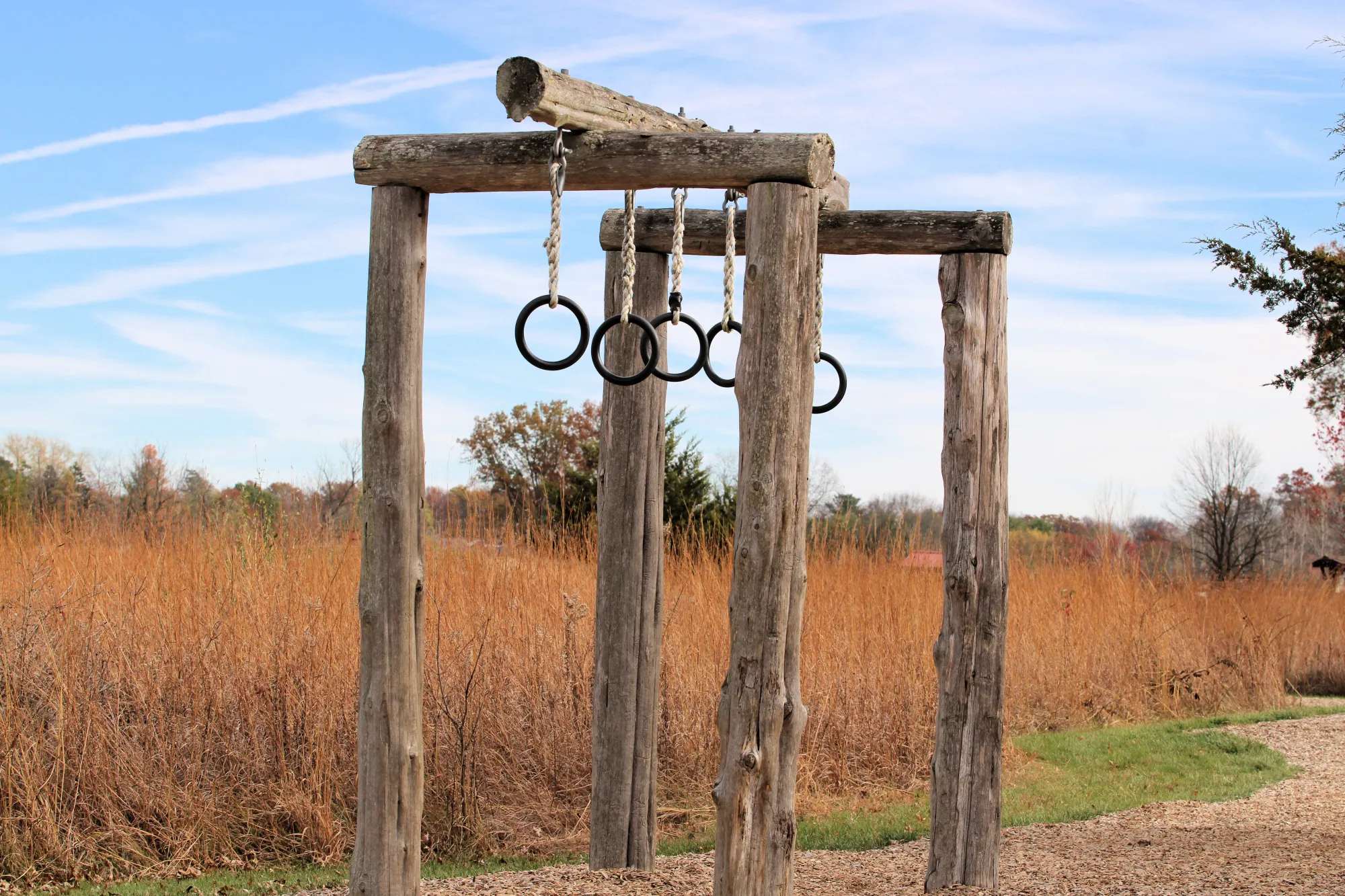
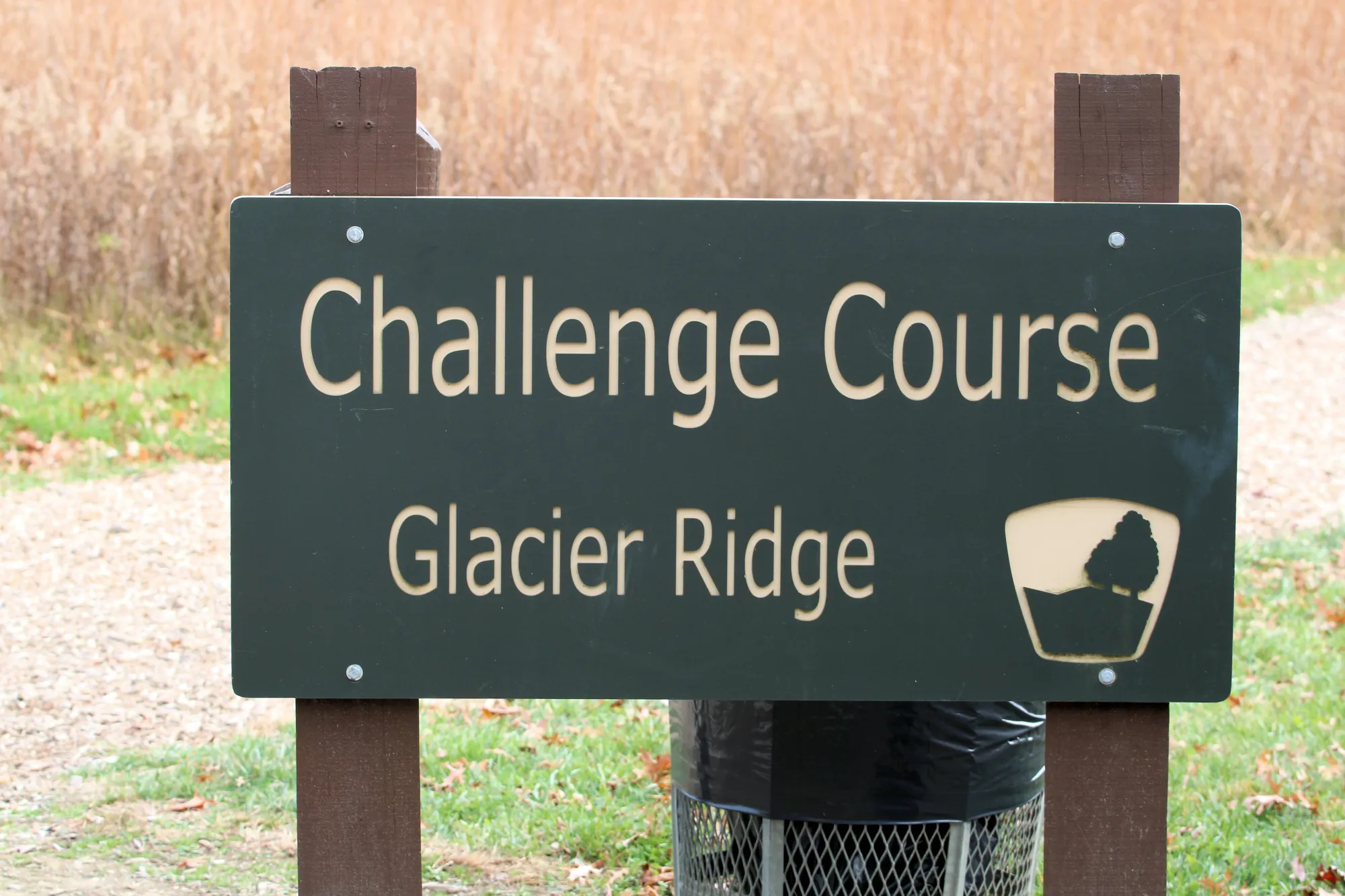
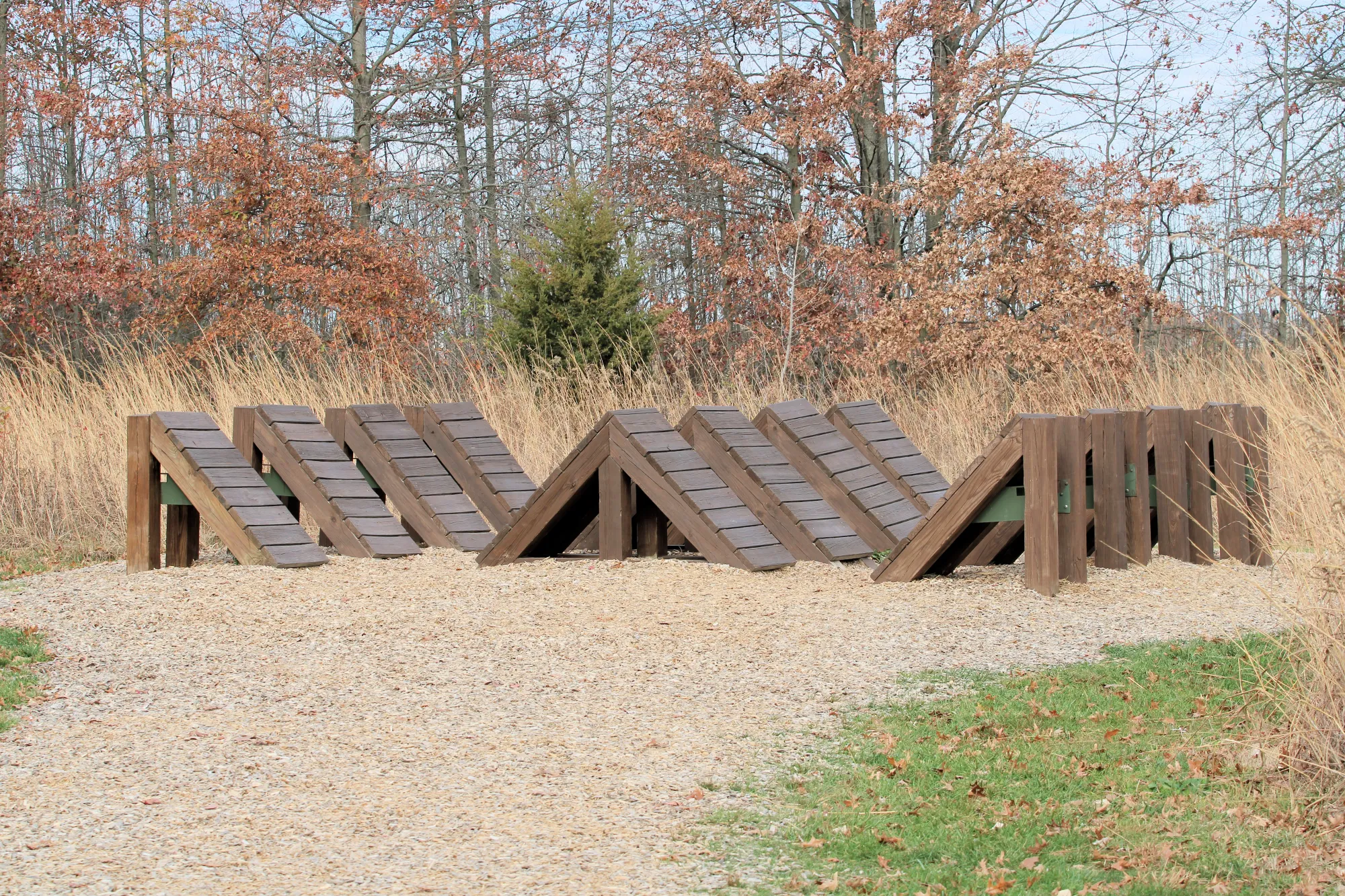
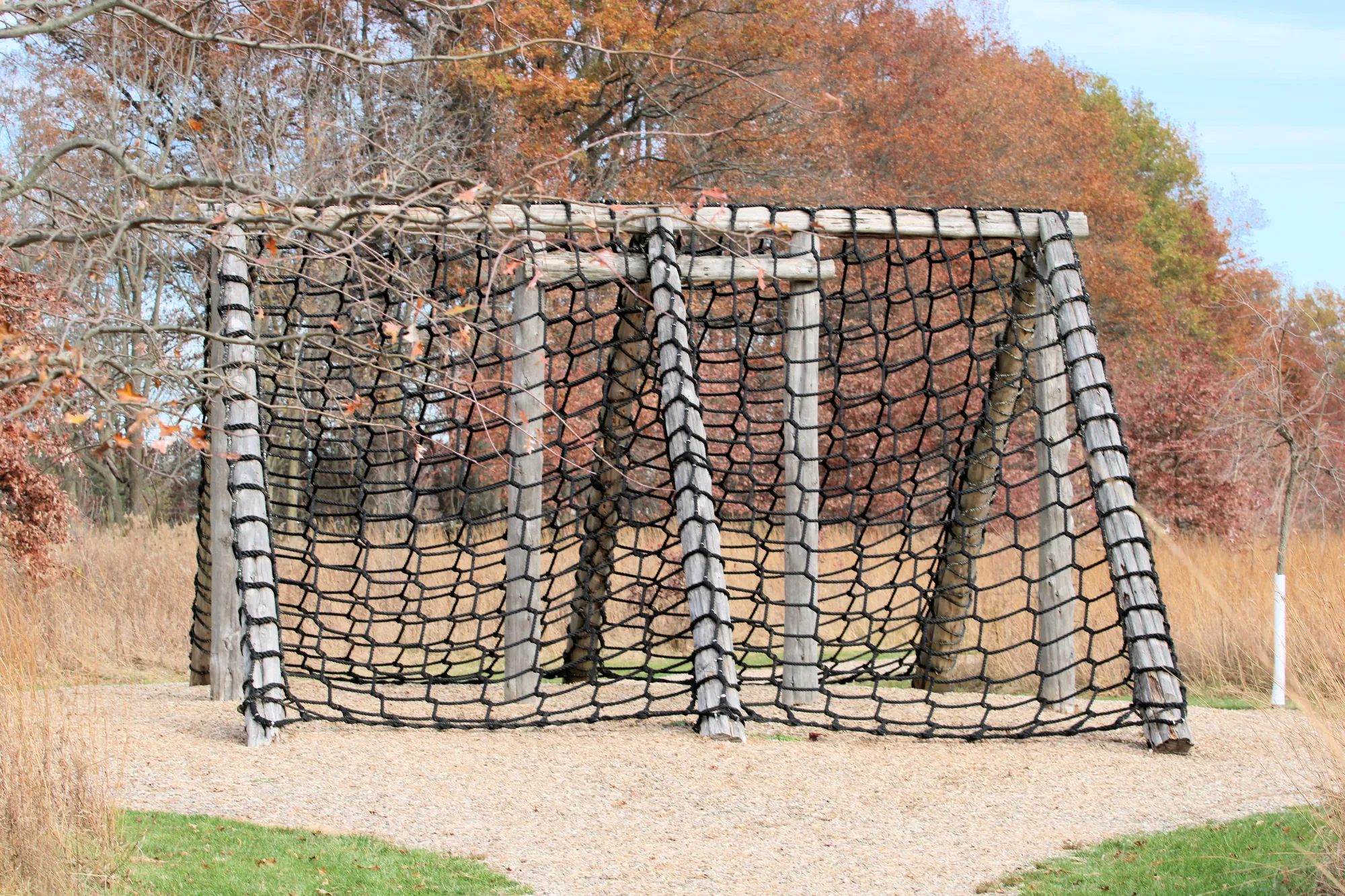
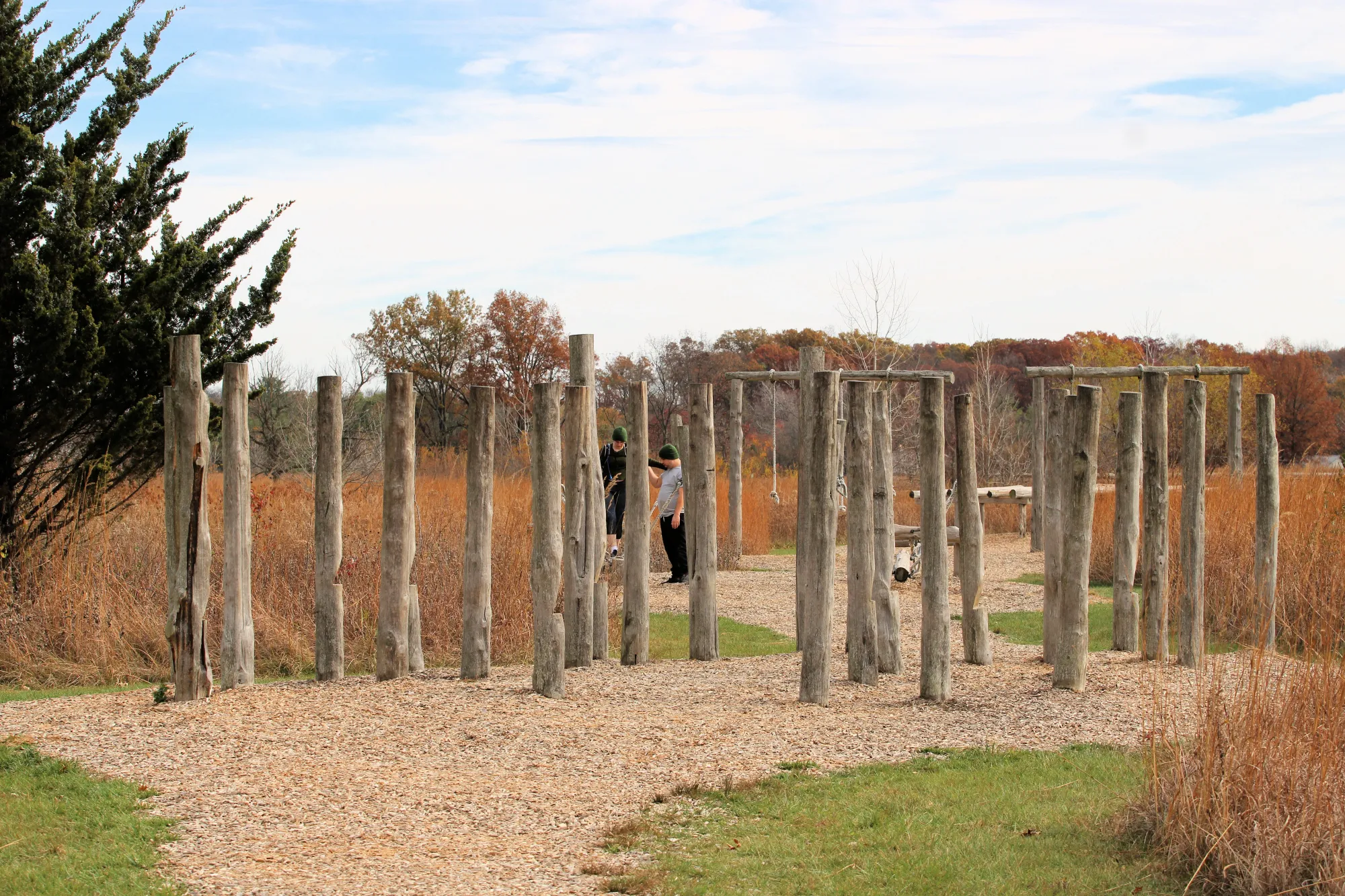
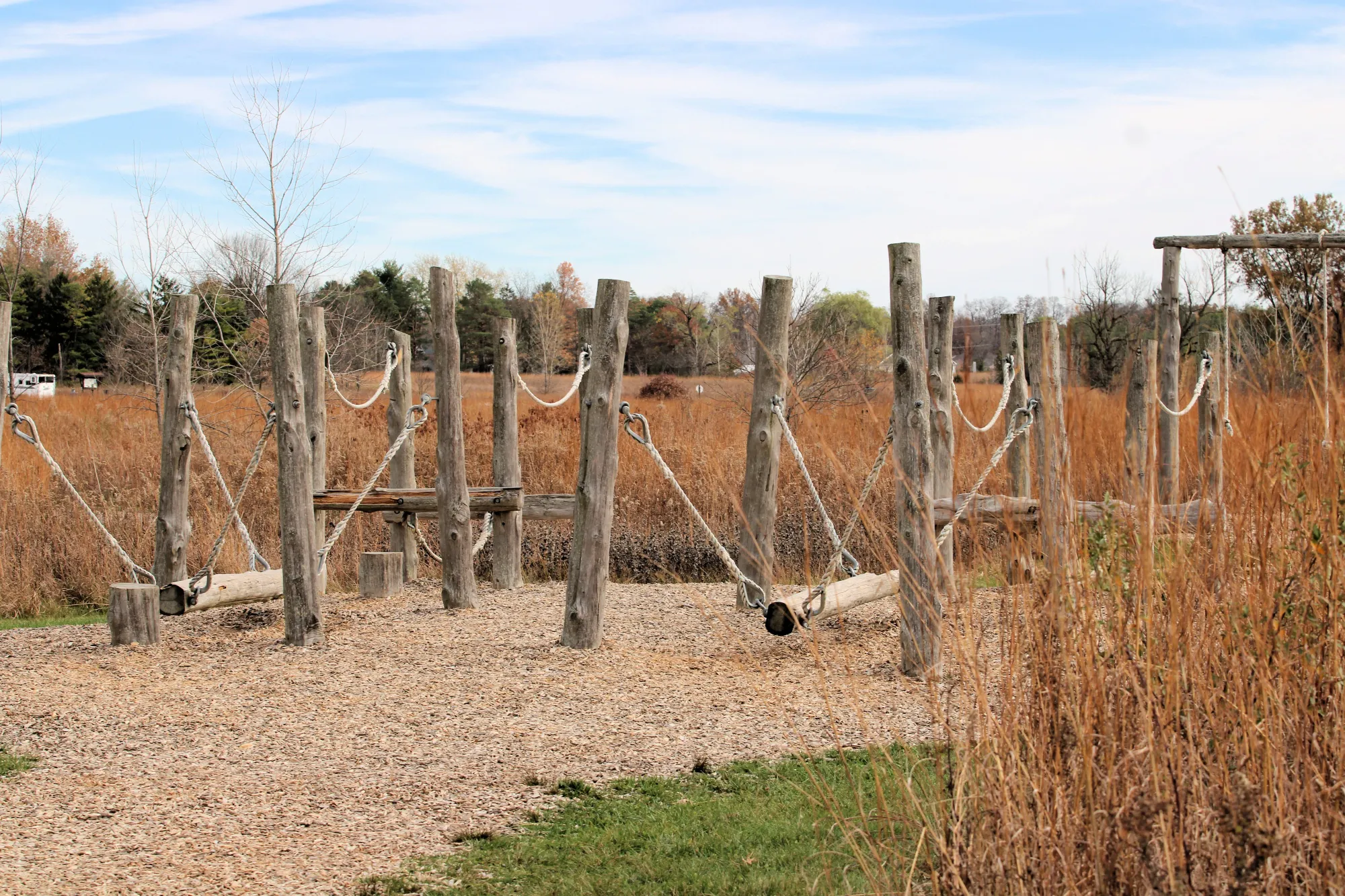
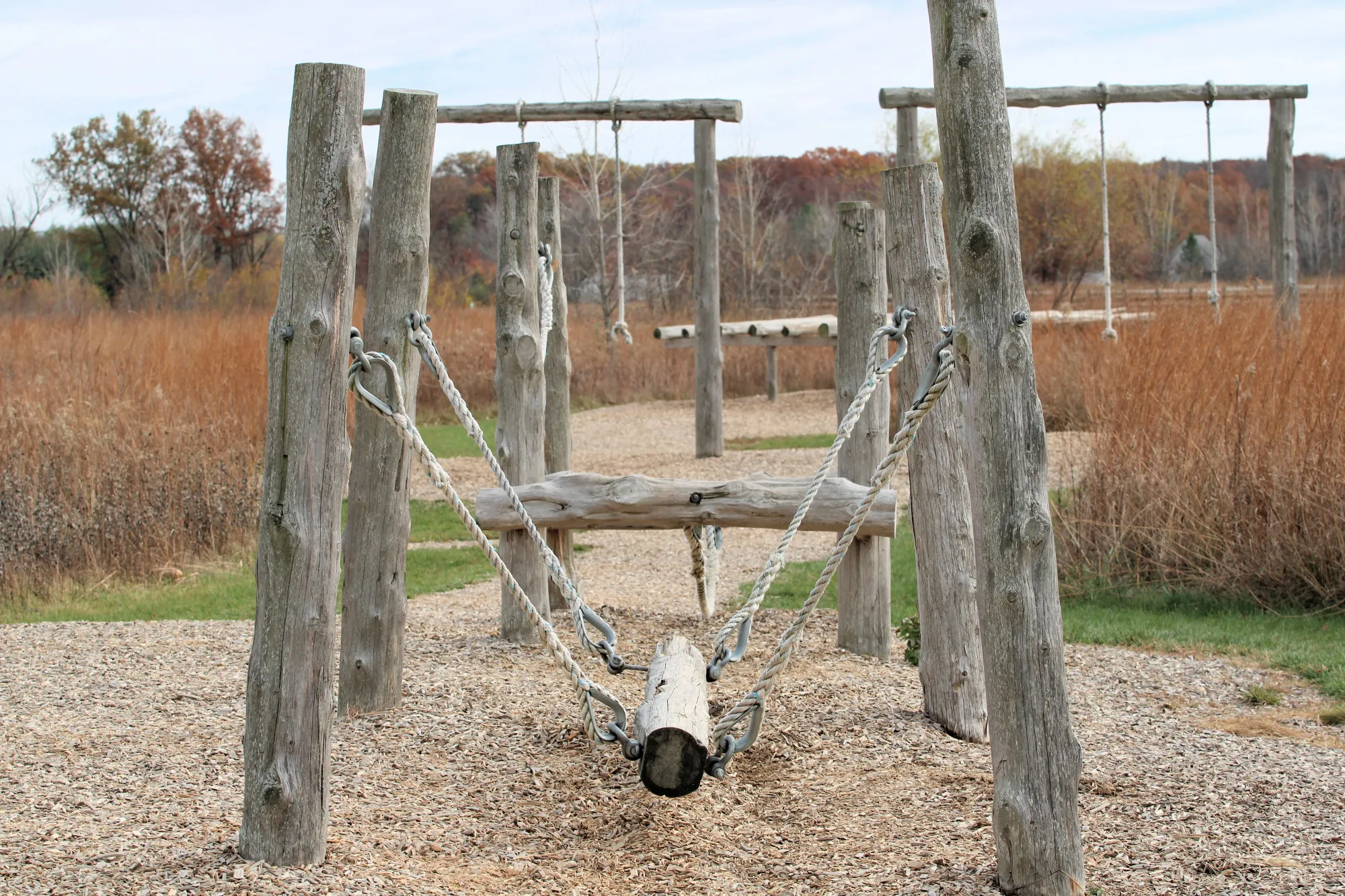
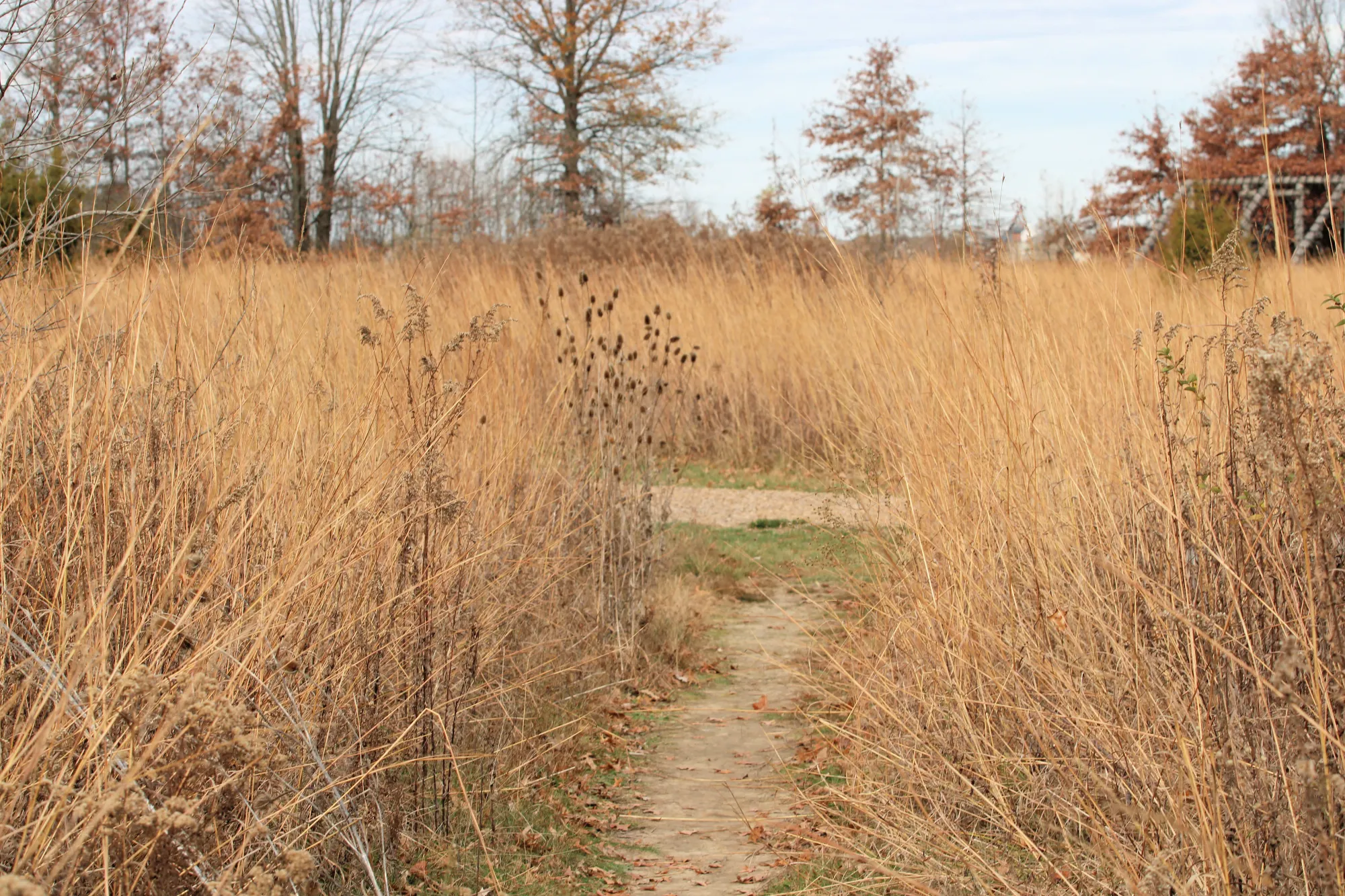
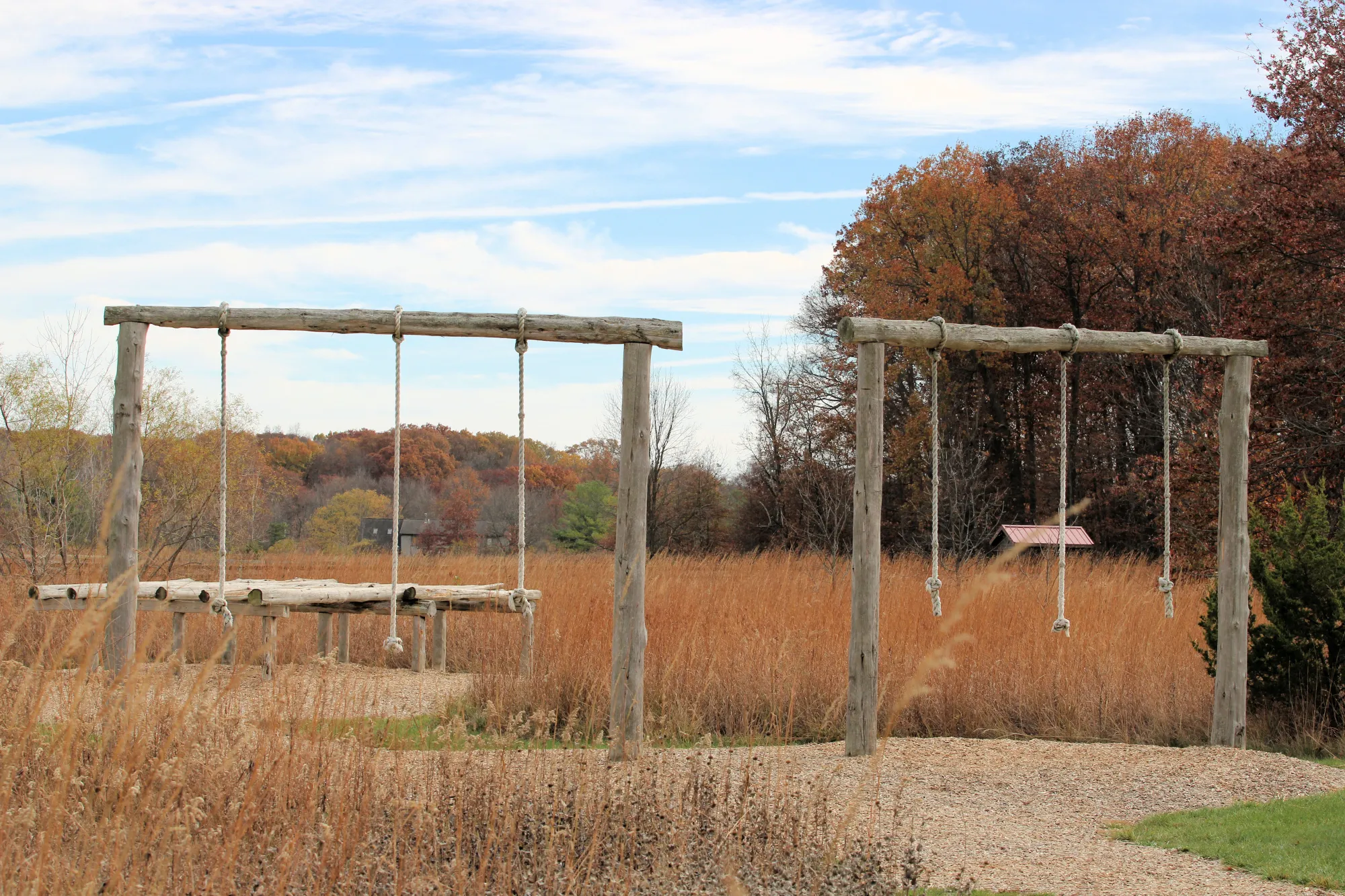
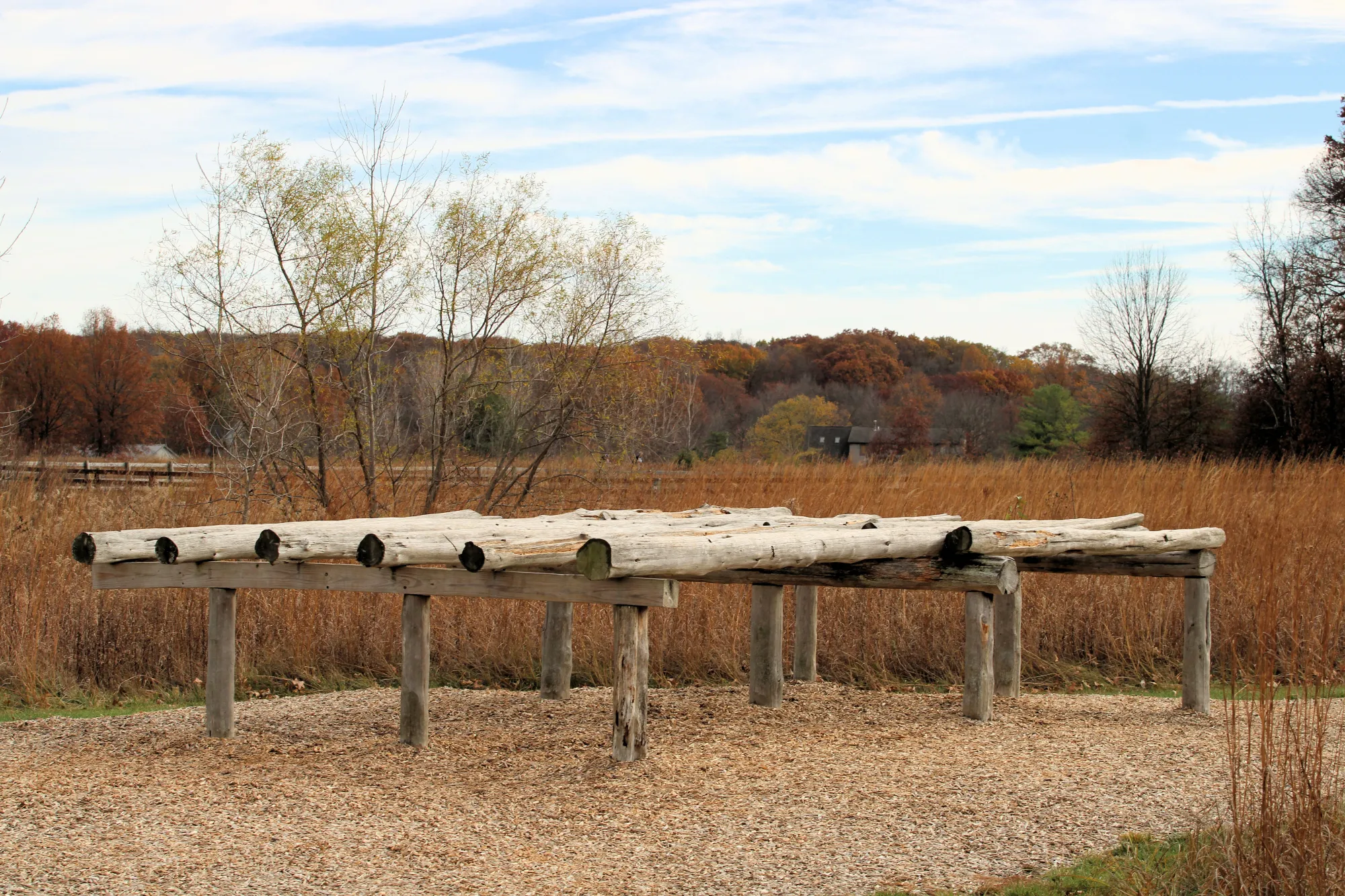
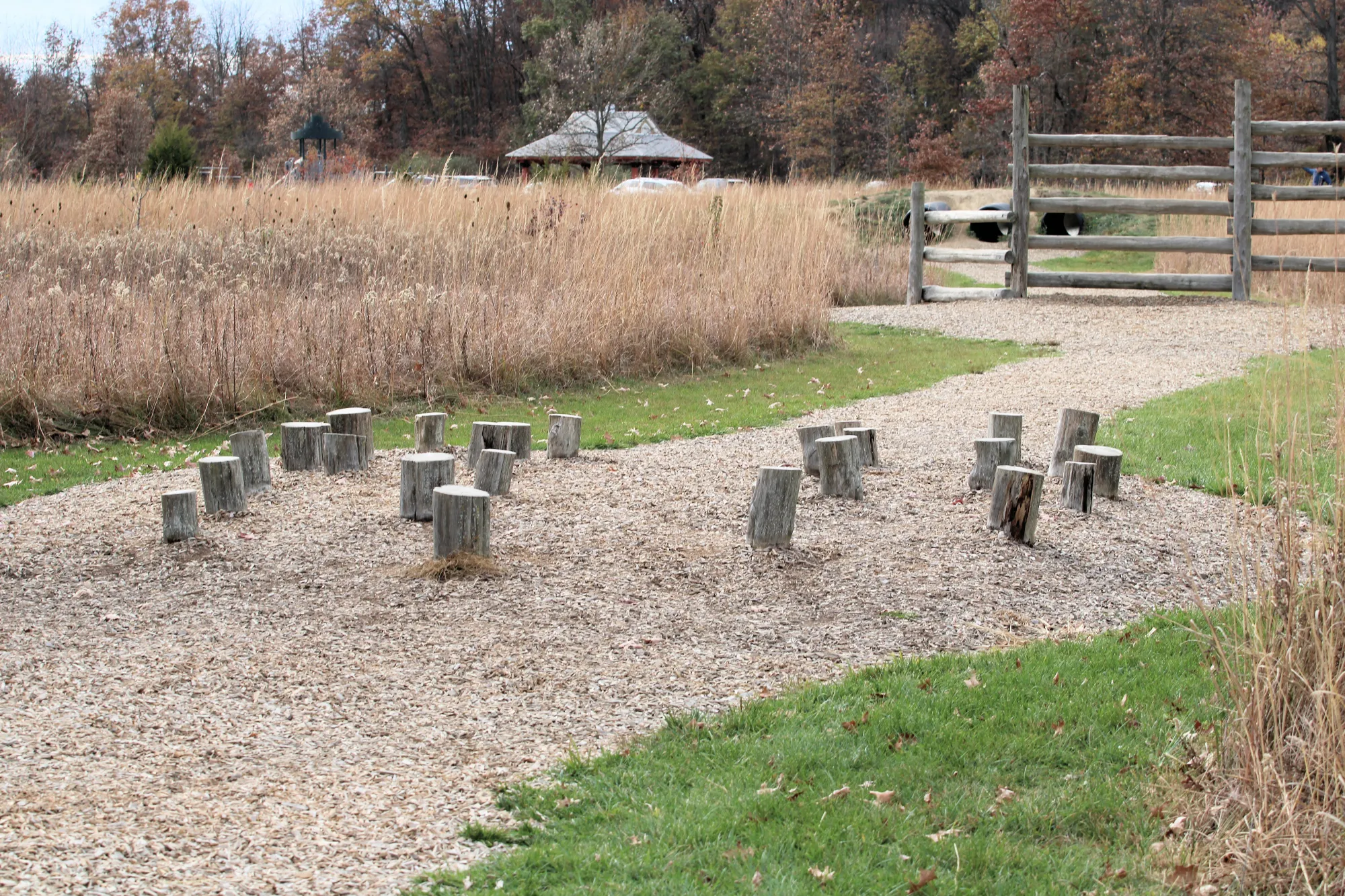
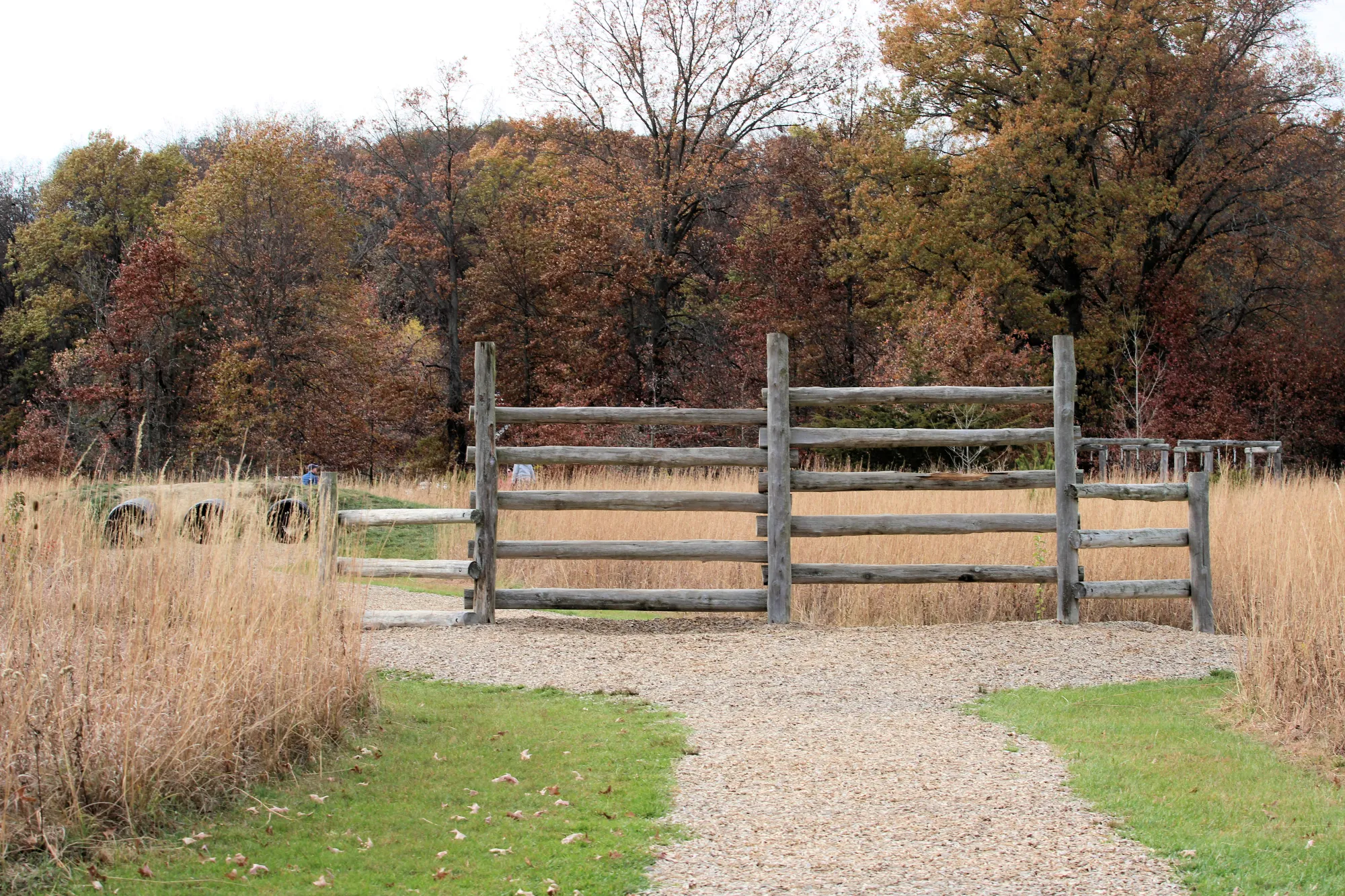
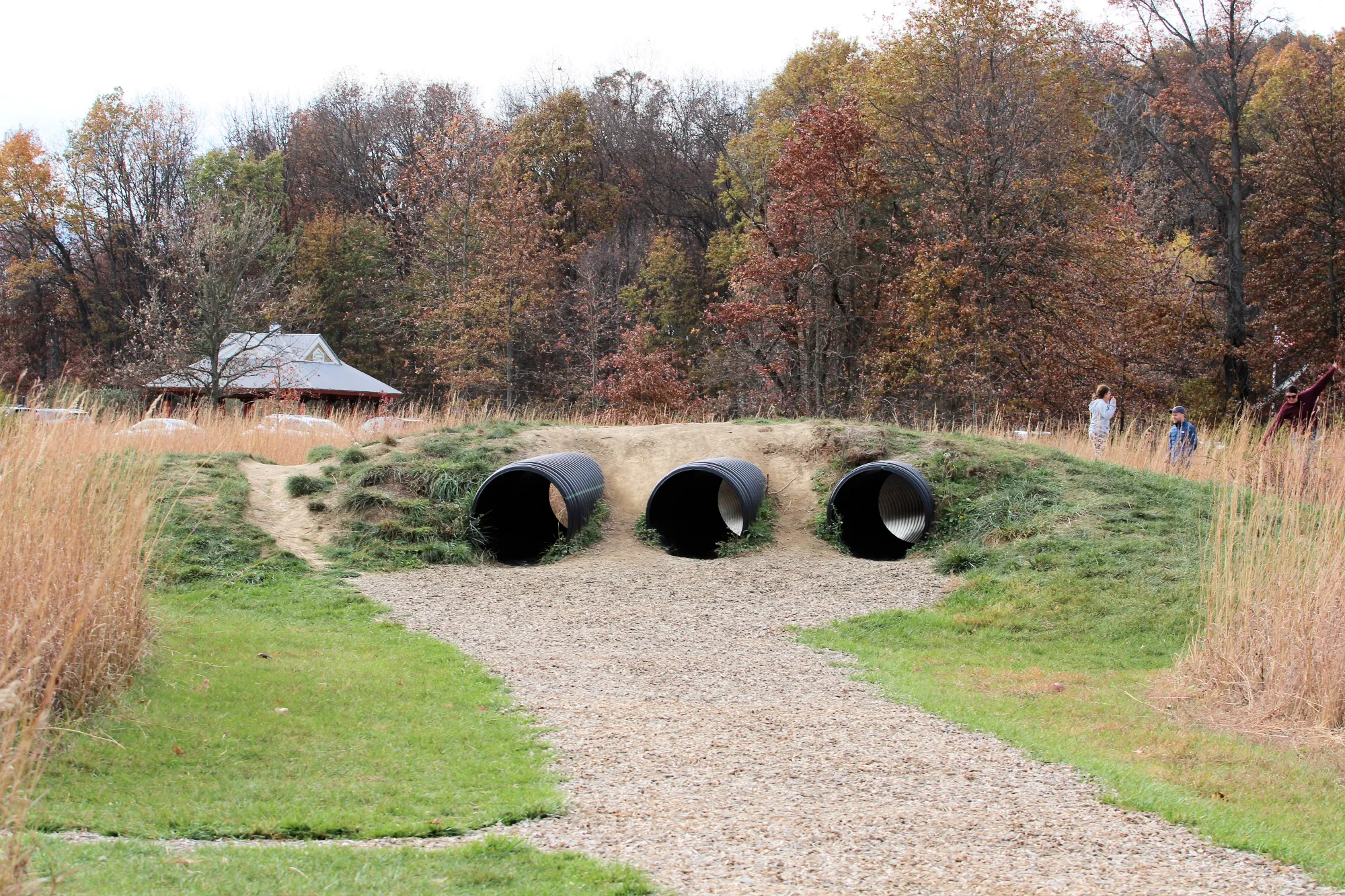
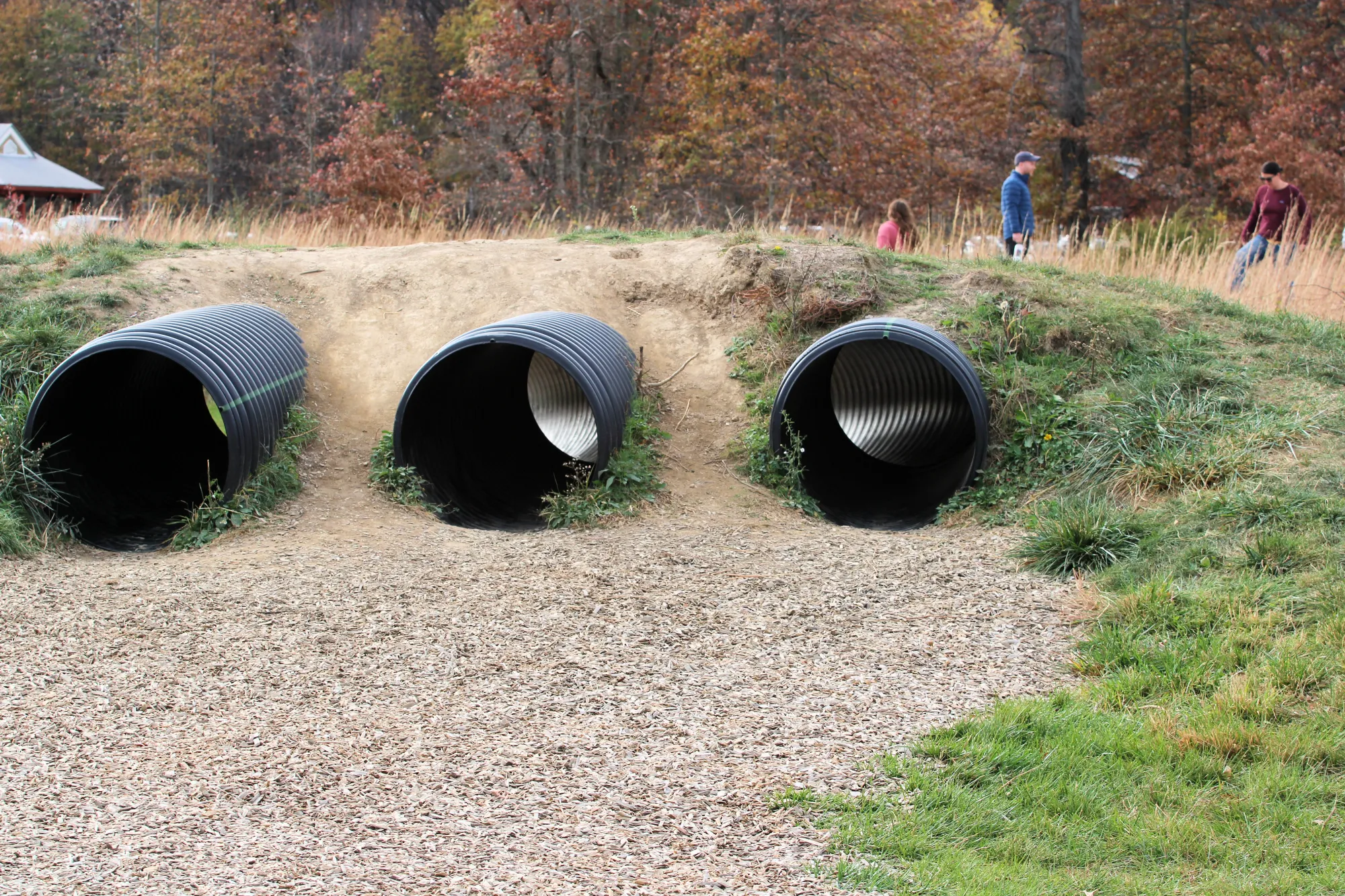
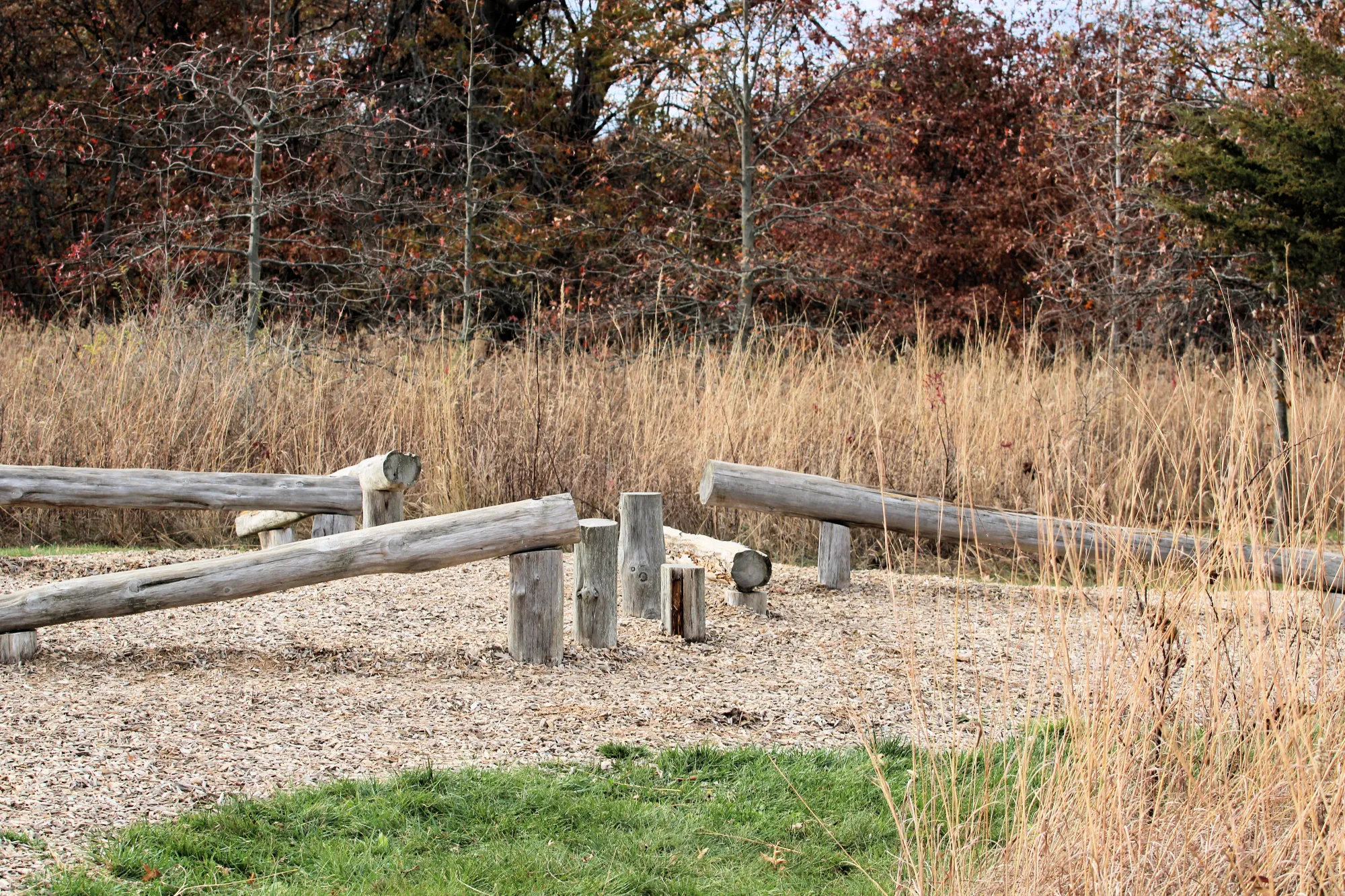

Honda Wetland Education Area
Within the 1,000-acre Glacier Ridge Metro Park lies the Honda Wetland Education Area with over 200 acres of restored wetland habitat. This site lies 2 miles south of the main park entrance and is connected by a greenway trail for pedestrians and bicyclists. Honda of America contributed funds to the development of the Wetlands Education Area and Union County Soil and Water Conservation District helped Metro Parks with habitat restoration projects. The education area opened in 2005 and is a wonderful birding spot in central Ohio.
Wetlands provide many vital functions including habitat, recreation, biological production, flood control, sediment traps, and groundwater recharge. Both plants and animals who make wetlands their home have adapted to environments that can be both aquatic and terrestrial. As a result, some species migrate to other areas, while others have physical or biological adaptations that allow them to live in wetlands. Shallow water combined with the high levels of nutrients creates a biologically productive habitat that forms the basis for the diverse, complex food web that is known as a wetland ecosystem.
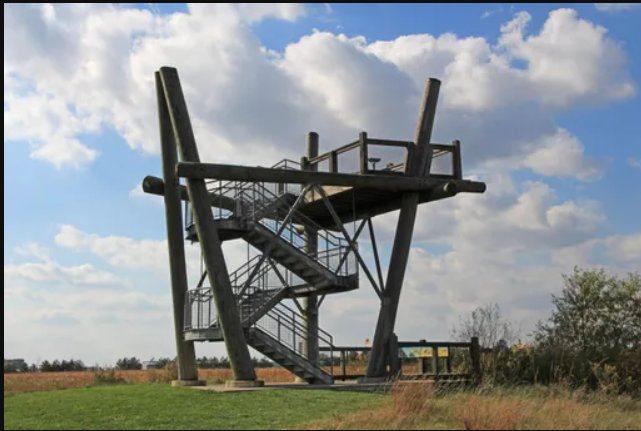
Conclusion
Except for the fact that a metro park includes the word "ridge" in it and has no ridges, it is a great metro park to visit. The obstacle course is a nice addition. I wanted to try several obstacles, but it was before I had my knee replaced.
The trails are easy though and very enjoyable.


